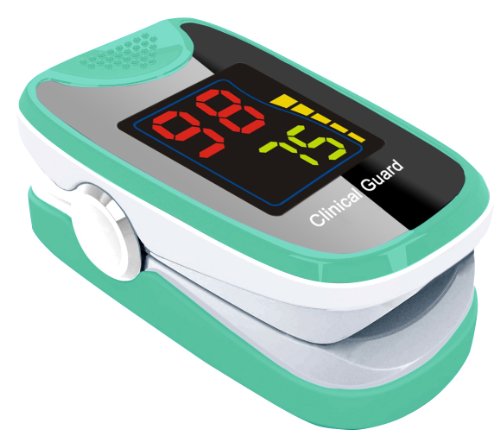Infant Pulse Rate: A Comprehensive Guide to Monitoring Your Child’s Heart Health
How to accurately measure your child’s pulse rate. What is a normal heart rate for infants and children. When should you be concerned about your child’s pulse rate. How to recognize signs of dehydration and heat illness in children.
Understanding Pulse Rate in Children: What Parents Need to Know
A child’s pulse rate, also known as heart rate, is a crucial indicator of their overall health and well-being. It represents the number of times the heart beats per minute and can vary based on several factors, including activity level, stress, body temperature, medications, and illness. As a parent, understanding how to measure your child’s pulse and knowing what constitutes a normal heart rate can help you monitor their health effectively.
What Affects a Child’s Pulse Rate?
Several factors can influence a child’s pulse rate:
- Physical activity
- Emotional state (stress, excitement, fear)
- Body temperature
- Medications
- Underlying health conditions
- Age and growth stage
Is a child’s pulse rate always the same? No, it’s not. A child’s pulse rate can fluctuate throughout the day, typically being lower during rest or sleep and higher during physical activity or emotional excitement.

How to Measure Your Child’s Pulse: Step-by-Step Guide
Measuring your child’s pulse is a simple process that can be done at home. Here’s how to do it accurately:
- Ensure your child has been relaxed for at least 5 minutes before taking their pulse.
- Use a stopwatch or a watch with a second hand for precise timing.
- Find the appropriate pulse point based on your child’s age.
- Gently press two fingers (not your thumb) on the pulse point until you feel a beat.
- Count the beats for 15 seconds.
- Multiply the number of beats by 4 to get the beats per minute (BPM).
Measuring an Infant’s Pulse
For infants, the brachial pulse on the upper arm is the easiest to locate. Here’s how to find it:
- Lay your baby on their back with one arm bent so the hand is up by the ear.
- Feel for the pulse on the inner arm between the shoulder and the elbow.
- Follow the counting procedure mentioned above.
Measuring a Child’s Pulse
For older children, the radial pulse on the wrist is typically the most accessible. If you have difficulty finding it, you can try the carotid pulse on the neck:
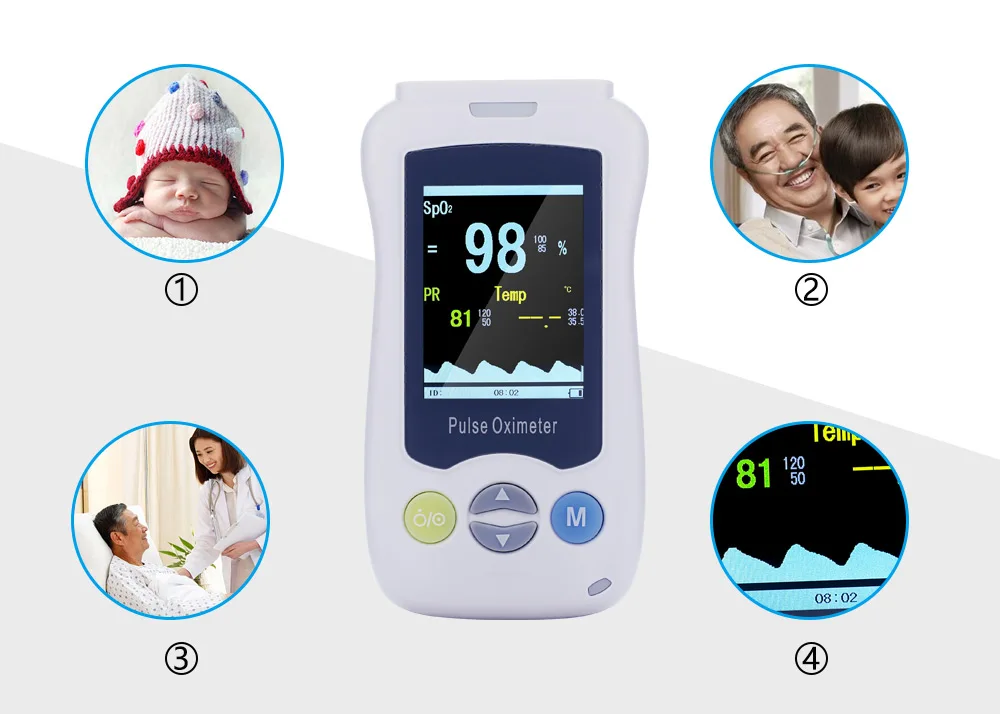
- For the radial pulse, gently feel on the inside of the wrist on the thumb side.
- For the carotid pulse, place your fingers on one side of the windpipe.
- Follow the counting procedure mentioned above.
Normal Heart Rate Ranges for Children: Age-by-Age Breakdown
What is considered a normal heart rate for a child? The answer varies depending on the child’s age. Here’s a general guide to normal resting heart rates for children:
- Newborns (0-1 month): 70-190 BPM
- Infants (1-11 months): 80-160 BPM
- Toddlers (1-2 years): 80-130 BPM
- Preschoolers (3-4 years): 80-120 BPM
- School-age children (5-12 years): 70-110 BPM
- Adolescents (13-19 years): 60-100 BPM
Remember that these are general guidelines. Your child’s normal range may differ slightly. Always consult with your pediatrician to determine what’s normal for your child.
When to Monitor Your Child’s Pulse: Key Situations for Parents
While regular pulse monitoring isn’t typically necessary for most children, there are certain situations where it may be beneficial or even crucial. Here are some instances when you might need to check your child’s pulse:

- If your child has a medical condition that requires heart rate monitoring (as advised by your doctor)
- When your child complains of a skipping, pounding, or racing heart
- If your child experiences chest pain
- In cases of dizziness or fainting spells
- If you notice unusually fast breathing
When should you be concerned about your child’s pulse rate? If you notice a consistently high or low pulse rate, or if it’s accompanied by other symptoms like difficulty breathing, pale or gray skin, or blue lips, seek immediate medical attention.
Recognizing Dehydration and Heat Illness in Children: Essential Knowledge for Parents
Dehydration and heat illness can significantly affect a child’s pulse rate and overall health. As a parent, it’s crucial to recognize the signs and take preventive measures, especially during hot weather or intense physical activity.
Risk Factors for Dehydration in Children
Children are more susceptible to dehydration than adults due to their higher proportion of body surface area to weight. Factors that increase the risk of dehydration include:

- Prolonged exposure to high temperatures
- Direct sun exposure
- High humidity
- Insufficient fluid intake
- Intense physical activity without adequate rest
Early Signs of Dehydration
Recognizing the early signs of dehydration can help prevent more severe complications. Watch out for:
- Fatigue
- Increased thirst
- Dry lips and mouth
- Decreased urine output or darker urine
- Headache
- Dizziness
How can you prevent dehydration in children? Encourage regular fluid intake, especially water, before, during, and after physical activity. Ensure they take frequent breaks in shaded areas during hot weather.
Advanced Pulse Monitoring: Technology and Apps for Child Heart Rate Tracking
In today’s digital age, various technologies can assist in monitoring your child’s pulse rate. However, it’s essential to use these tools correctly and understand their limitations.
Smartphone Apps for Pulse Monitoring
Some smartphone apps can measure pulse rate by using the phone’s camera lens. To use these apps:
- Place your child’s finger over the phone’s camera lens.
- Ensure your child remains still for an accurate reading.
- Follow the app’s instructions for measurement duration.
Are smartphone apps reliable for measuring a child’s pulse? While they can be convenient, their accuracy may vary. These apps work best with older children who can remain still during the measurement. Always consult with your pediatrician before relying on any app for health monitoring.

Smart Watches and Fitness Trackers
Many smart watches and fitness trackers now include heart rate monitoring features. These devices can provide continuous monitoring and may be useful for children with certain medical conditions. However, it’s crucial to:
- Consult with your pediatrician before using any wearable device for heart rate monitoring.
- Understand the device’s limitations and potential for inaccuracies.
- Use the device as a supplementary tool, not a replacement for professional medical advice.
Emergency Situations: When to Seek Immediate Medical Attention
While monitoring your child’s pulse can provide valuable health insights, there are situations where immediate medical attention is necessary, regardless of the pulse rate.
Red Flags for Immediate Medical Care
Seek emergency medical care or call 911 if your child experiences any of the following symptoms along with an abnormal pulse rate:
- Difficulty waking up or extreme lethargy
- Labored breathing (look for muscles pulling in between the ribs or the nose puffing out with each breath)
- Pale or gray skin coloration
- Blue tint to the lips
- Severe chest pain
- Loss of consciousness
What should you do while waiting for emergency services? If asked by the 911 operator, be prepared to take and report your child’s pulse rate. Stay calm and follow any instructions provided by the emergency dispatcher.

Promoting Heart Health in Children: Lifestyle Tips for Parents
Maintaining a healthy heart goes beyond monitoring pulse rates. As a parent, you play a crucial role in promoting your child’s overall cardiovascular health through lifestyle choices and habits.
Encouraging Physical Activity
Regular physical activity is essential for a healthy heart. Here are some tips to keep your child active:
- Aim for at least 60 minutes of moderate to vigorous physical activity daily.
- Make exercise fun by incorporating games and sports your child enjoys.
- Limit screen time and encourage outdoor play.
- Be a role model by staying active yourself and engaging in family activities.
Promoting a Heart-Healthy Diet
A nutritious diet is crucial for maintaining a healthy heart. Focus on:
- Incorporating plenty of fruits and vegetables
- Choosing whole grains over refined grains
- Including lean proteins like fish, poultry, and legumes
- Limiting processed foods, sugary drinks, and excessive salt intake
How can you make heart-healthy eating appealing to children? Get them involved in meal planning and preparation, make colorful and visually appealing plates, and be a positive example by making healthy food choices yourself.

Managing Stress and Promoting Mental Health
Mental health plays a significant role in overall heart health. Help your child manage stress by:
- Teaching relaxation techniques like deep breathing or mindfulness
- Ensuring they get adequate sleep
- Encouraging open communication about feelings and concerns
- Providing a supportive and nurturing environment
By focusing on these aspects of a healthy lifestyle, you can help promote not only a healthy heart rate but also overall cardiovascular health in your child.
How to Take Your Child’s Pulse (for Parents)
What Is Your Pulse?
A person’s pulse, or heart rate, is the number of times the heart beats per minute. It will change depending on things like activity, stress, body temperature, medicines, and illness.
How Do I Take My Child’s Pulse?
You will need a stopwatch or a watch with a minute hand. Have your child relax without running, jumping, crying, etc., for at least 5 minutes.
Taking an Infant’s Pulse
The best spot to feel the pulse in an infant is the upper am, called the brachial pulse. Lay your baby down on the back with one arm bent so the hand is up by the ear. Feel for the pulse on the inner arm between the shoulder and the elbow:
- Gently press two fingers (don’t use your thumb) on the spot until you feel a beat.
- When you feel the pulse, count the beats for 15 seconds.
- Multiply the number of beats you counted by 4 to get the beats per minute.

Taking a Child’s Pulse
The best spot to feel the pulse in a child is the wrist, called the radial pulse. Gently feel on the inside of the wrist on the thumb side.
If you can’t easily find the pulse on the wrist, you can try the neck, which has the carotid pulse. Gently place your fingers on one side of the windpipe:
- Gently press two fingers (don’t use your thumb) on the spot until you feel a beat.
- When you feel the pulse, count the beats for 15 seconds.
- Multiply the number of beats you counted by 4 to get the beats per minute.

What’s a Normal Heart Rate?
A normal heart rate is based on a child’s age. Infants have different normal heart rates from teens. Kids’ heart rates can be lower when resting or asleep and higher when they’re very active.
Check with your doctor to see what range is considered normal for your child.
When Should I Take My Child’s Pulse?
Usually, there’s no need to take your child’s pulse. Your doctor will check it during office visits.
Sometimes, though, a parent may need to take a pulse. You might do this if your child has:
- a medical condition that requires you to monitor their heart rate. Your doctor will let you know if you need to do this, and if you should do it regularly or only on occasion. If you’re not sure, ask your doctor.

- a skipping, pounding, or racing heart
- chest pain
- dizziness
- a fainting spell
- fast breathing
Call your doctor to review your child’s symptoms and share the pulse you counted.
Go to the ER or call 911 right away if your child has any of the symptoms listed above and:
- is hard to wake up
- has trouble breathing. Look for muscles pulling in between the ribs or the nose puffing out with each breath.
- has pale or grey skin, or blue lips
The 911 operator may ask you to take your child’s pulse and count the heart rate.
What Else Should I Know?
Some smartphone apps can count a pulse by pressing a finger over the camera lens. For a good reading, your child needs to be very still, so this method works best in older kids who can cooperate. Some fitness and other smart watches can take a pulse too. Before using one of these, ask your doctor if it’s a good idea or if they recommend a particular heart rate app.
Dehydration and Heat Illness: Protecting Your Child
With the hot days of summer come summer sports — baseball, tennis, football practice — both in the neighborhood and at camp. Before you send the kids out to practice — or just for a long day of play in the sun — learn to protect your child against the dangers of dehydration and heat illness. WebMD turned to Albert C. Hergenroeder, professor of pediatrics at Baylor College of Medicine and chief of the sports medicine clinic at Texas Children’s Hospital, for answers to parents’ common questions.
1. What puts my child at risk for dehydration?
The same things that put you at risk for dehydration: prolonged exposure to high temperatures, direct sun, and high humidity, without sufficient rest and fluids. The difference is that a child’s body surface area makes up a much greater proportion of their overall weight than an adult’s, which means children face a much greater risk of dehydration and heat-related illness.
2. What signs of dehydration should we watch for?
Early signs of dehydration include fatigue, thirst, dry lips and tongue, lack of energy, and feeling overheated. But if kids wait to drink until they feel thirsty, they’re already dehydrated. Thirst doesn’t really kick in until a child has lost 2% of their body weight as sweat.
Untreated dehydration can lead to three worse types of heat illness:
- Heat cramps: Painful cramps of the abdominal muscles, arms, or legs.
- Heat exhaustion: Dizziness, nausea, vomiting, headaches, weakness, muscle pain, and sometimes unconsciousness.
- Heat stroke: A temperature of 104 F or higher and severe symptoms, including nausea and vomiting, seizures, disorientation or delirium, lack of sweating, shortness of breath, unconsciousness, and coma.
Both heat exhaustion and heat stroke require immediate care. Heat stroke is a medical emergency that, when untreated, can be deadly. Any child with heat stroke should be rushed to the nearest hospital.
3. What can I do to prevent dehydration in my child?
Make sure they drink cool water early and often. Send your child out to practice or play fully hydrated. Then, during play, make sure your child takes regular breaks to drink fluid, even if your child isn’t thirsty. A good size drink for a child, according to the American Academy of Pediatrics, is 5 ounces of cold tap water for a child weighing 88 pounds, and nine ounces for a teen weighing 132 pounds. One ounce is about two kid-size gulps.
Get them acclimatized before summer practice. “If you’re going to send your kid off to tennis camp, they shouldn’t be sitting around doing nothing in May and then going out to play tennis eight hours a day in June,” says Hergenroeder. “They should be outdoors jogging, riding a bike, and otherwise slowly building up their fitness and ability to handle the heat.” The fitter children are, the sooner their bodies will start to sweat after beginning to exercise — and that’s a good thing!
Know that dehydration is cumulative. If your child is 1% or 2% dehydrated on Monday and doesn’t drink enough fluids that night, then gets 1% or 2% dehydrated again on Tuesday, that means your child is 3% or 4% dehydrated at the end of the day. “They may be gradually developing a problem, but it won’t show up for several days,” says Hergenroeder. “You should always monitor your child’s hydration.” One way to do this: weigh your child before and after practice. If their weight drops, they’re not drinking enough during their workout.
If your child is 1% or 2% dehydrated on Monday and doesn’t drink enough fluids that night, then gets 1% or 2% dehydrated again on Tuesday, that means your child is 3% or 4% dehydrated at the end of the day. “They may be gradually developing a problem, but it won’t show up for several days,” says Hergenroeder. “You should always monitor your child’s hydration.” One way to do this: weigh your child before and after practice. If their weight drops, they’re not drinking enough during their workout.
A simple rule of thumb: if your child’s urine is dark in color, rather than clear or light yellow, they may be becoming dehydrated.
4. If my child develops heat illness, what can I do to treat it?
The first thing you should do with any heat illness is get the child out of the sun into a cool, comfortable place. Have the child start drinking plenty of cool fluids. The child should also take off any excess layers of clothing or bulky equipment. You can put cool, wet cloths on overheated skin. In cases of heat cramps, gentle stretches to the affected muscle should relieve the pain.
In cases of heat cramps, gentle stretches to the affected muscle should relieve the pain.
Kids with heat exhaustion should be treated in the same way but should not be allowed back on the field the same day. Monitor your child even more carefully, Hergenroeder says. If your child doesn’t improve, or can’t take fluids, see a doctor.
Heat stroke is always an emergency and requires immediate medical attention.
5. Are some children more prone to dehydration or heat illness than others?
Yes, says Hergenroeder. One of the biggest risk factors: a previous episode of dehydration or heat illness. Other factors that can put your child at greater risk for heat illness include obesity, recent illness (especially if the child has been vomiting or has had diarrhea), and use of antihistamines or diuretics.
Lack of acclimatization to hot weather and exercising beyond their level of fitness can also lead to heat illness in young athletes. “If a young player isn’t in shape and tries to go out and do things quickly to ‘make the team’ — or goes to summer practice or summer camp and hasn’t been used to that kind of heat and humidity and duration of exercise — that sets them up for dehydration and heat illness,” Hergenroeder says.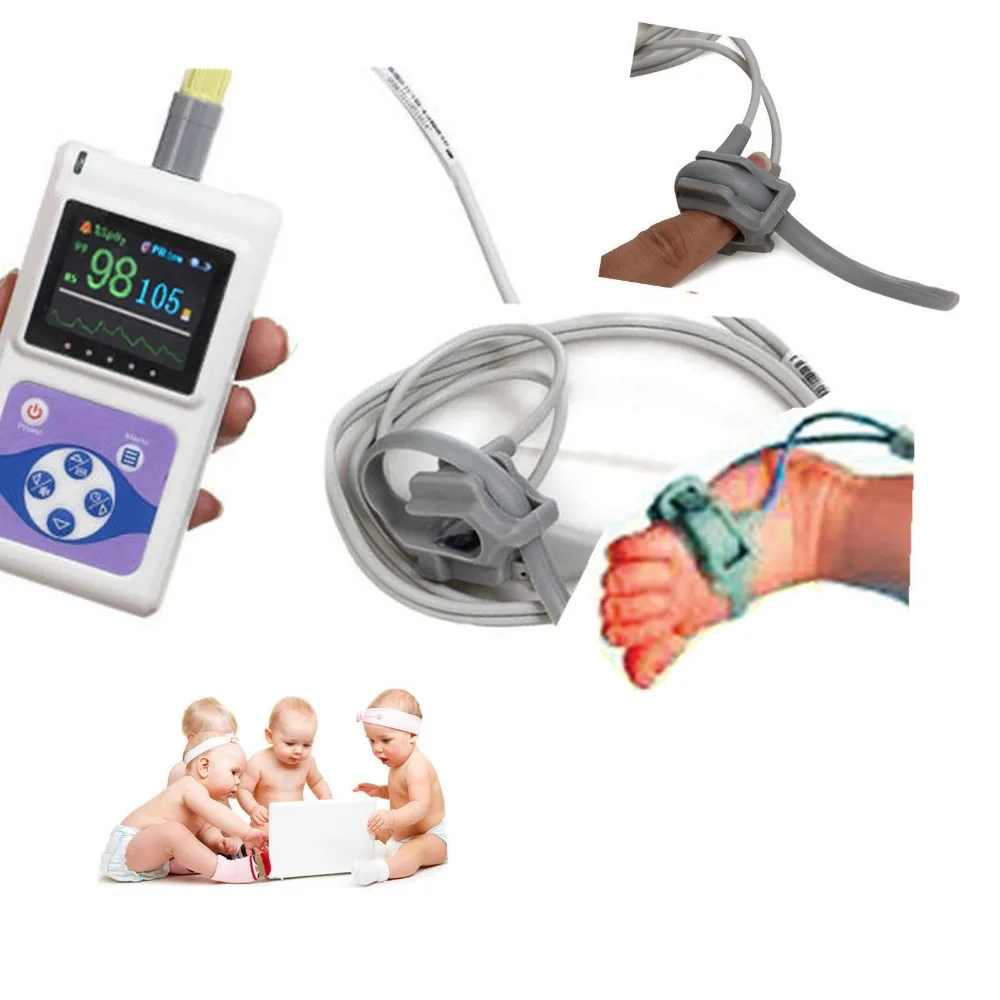
6. Is it ever too hot for my child to practice or play sports?
A growing number of athletic programs suggest that it is sometimes too hot to practice. In fact, many are restricting outdoor practice when the National Weather Service’s heat index rises above a certain temperature. The heat index, measured in degrees Fahrenheit, is an accurate measure of how hot it really feels when the relative humidity is added to the actual temperature.
The National Athletic Trainers’ Association (NATA) offers information and guidelines for parents and coaches on its website.
Possible Causes & Common Treatments
When your child coughs, their body is doing its job.
A cough is a reflex that clears fluid from the throat and chest. It happens when nerve endings in those airways get irritated.
It’s one of the most common symptoms of colds and other viruses, including the flu. But if it’s caused by a virus, antibiotics won’t make it stop. Viral infections have to run their course.
What Could Be Causing It?
Ask yourself some questions:
Does your child have other symptoms?
A cough that comes with a runny nose and sneezing may point to a cold.
Those symptoms, body aches, and a fever often come with the flu.
When did the cough start?
Allergies are more likely in the spring and fall.
What does it sound like?
Allergies, viral infections, and the croup can bring on a barking cough.
Whooping cough (pertussis) brings on a noise that sounds like “hoop!” Call your doctor if you hear that sound.
A wheezing sound could mean something is blocking your child’s airway. It could be brought on by pneumonia or asthma. Call the doctor.
What if the cough won’t go away?
Visit the doctor. Most last no more than a few weeks, but some people have ones that stick around long after other symptoms are gone. In a child, a cough is considered chronic if it lasts more than 4 weeks. For adults, it’s 8 weeks or more.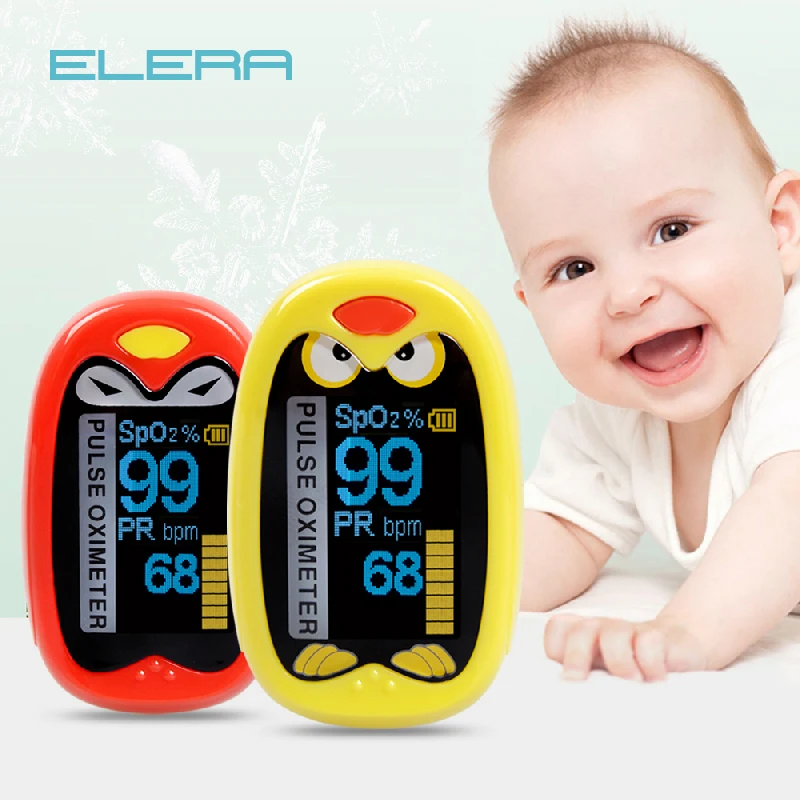
What’s the Best Way to Treat a Cough From a Cold or the Flu?
Ask your doctor before giving your child any cough medicine. Don’t give over-the-counter cough medicine to children younger than 4. They aren’t meant for young kids. Even medicine labeled for children can have serious side effects, such as high blood pressure and seizures.
No drugs can cure a cough caused by a virus, but treatments may soothe symptoms. Here are a few home remedies to try:
Steam: You can create your own steam room. Close the door to your bathroom and run hot water in the shower for several minutes until the mirrors fog. The steam helps unclog your child’s nose.
Humidity: A cool-mist humidifier in your child’s room adds moisture to the air to break up congestion and help your little one breathe easier.
Fluids: Give them plenty of drinks like water or juice to thin the mucus in their throat, making it easier for them to cough up phlegm.
Cough drops: For kids over age 5, lozenges and hard candy can bring some relief to a sore throat caused by coughing.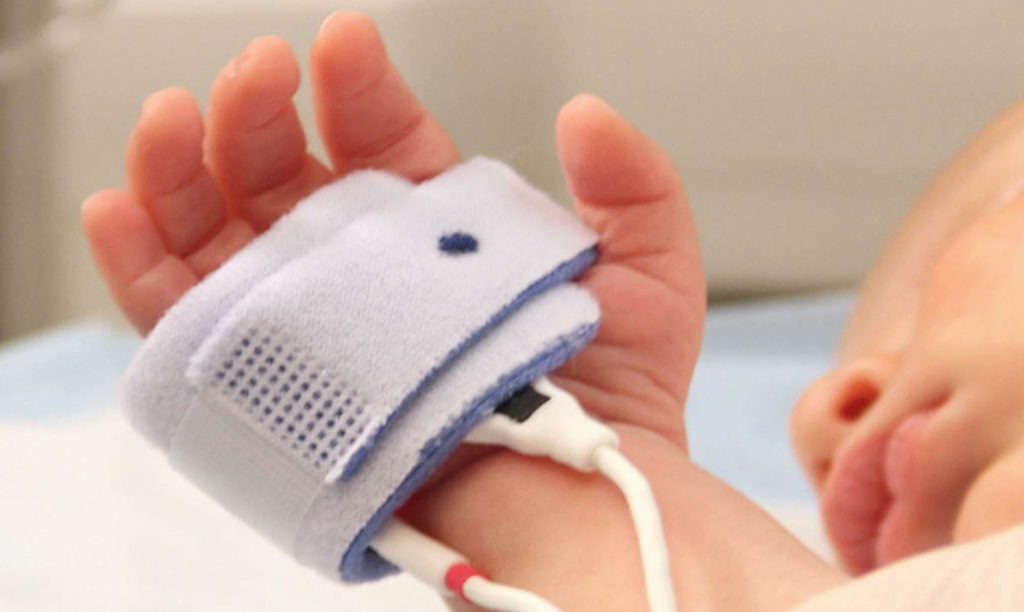
Cool air: If your child has croup, take them outside for a while. The cool air sometimes can relieve a croupy cough. (Just make sure you dress them properly for the weather.) If this doesn’t help or you think your child is sick, get medical help.
Saline drops: Saline or saltwater drops in the nose can help loosen congestion.
Eventually, the symptoms should go away on their own. But call the doctor if your child:
- Is not drinking or eating enough
- Makes a whooping sound when they breathe
- Runs a high fever
- Wheezes when they breathe
- Has a cough that lasts more than a month
- Doesn’t look well to you
Seek emergency help if your child:
Fast, Slow and Irregular Heartbeats (Arrythmia)
By: Orhan Kilinc, MD, FAAP, and Christopher S. Snyder, MD, FAAP
The heart is one of the most active muscles in the body, beating some 50 million times in a child’s first year of life./83375120-56a6fc995f9b58b7d0e5dcd3.jpg) It’s normal for a child’s heartbeat to speed up or slows down as they play, sleep and grow.
It’s normal for a child’s heartbeat to speed up or slows down as they play, sleep and grow.
But what if your child’s heartbeat seems faster or slower than it should be, or has an unusual pattern? In this article, the American Academy of Pediatrics describes normal heart rate fluctuations in kids, and what might be cause for concern.
Reasons for irregular heartbeats
Ordinarily, special “pacemaker” cells in the heart send electrical impulses from upper to lower chambers (atria and ventricles), which take turns squeezing and relaxing to pump blood throughout the body. There are many factors that can influence this rhythm. These include
physical activity, stress or excitement, for example. Fever, dehydration, and medical conditions like
anemia can also play a role. So can certain medications or consuming
energy drinks and other caffeine-containing beverages. In addition, some children are born with
congenital conditions that affect the heart’s muscles or electrical pathways and the way it pumps.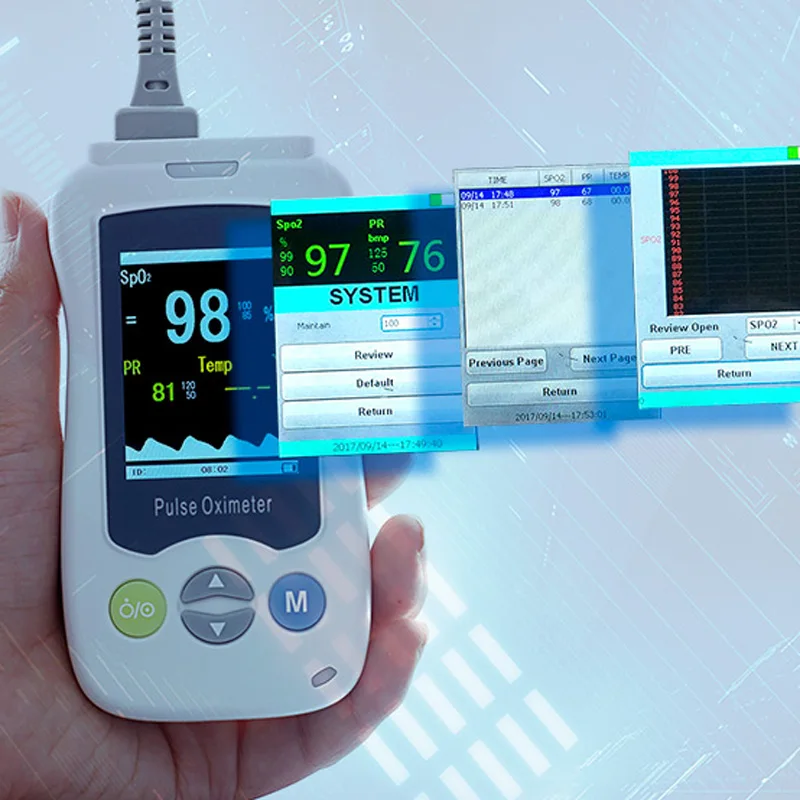
Irregular heartbeats that are usually normal
Irregular heartbeats, also called arrhythmias, are a common reason for referral to a pediatric cardiologist. Most often, these irregularities turn out to be perfectly normal. Examples of these common but usually harmless arrhythmias include:
Respiratory sinus arrhythmia – the most common irregular heart rate in children. It’s caused by the normal change in how fast blood returns to the heart when they breath in or out. The heart beats faster when they inhale, and slower when they exhale. The name “arrhythmia” is actually misleading, since this variation in heartbeats occurs in all healthy children in varying degrees.
Premature or “skipped” heart beats – seen in up to 75% of pediatric patients. These irregular beats may start in either the top chambers (premature atrial contractions) or the bottom chambers (premature ventricular contractions) of the heart. Patients feel like their heart “skipped” a beat due to a pause in the rhythm followed by a more forceful beat.
Irregular heart rhythms that may need evaluation & treatment
There are other types of irregular heartbeats that may need be treated or monitored. These include:
Abnormally fast heartbeats
Supraventricular tachycardia (SVT) is the most common abnormal pediatric heart rhythm, affecting as many as 1 in 250 children. It happens when electrical signals in the upper chambers of the heart misfire and cause a sudden burst of abnormally fast, “racing” heartbeats that last for seconds, minutes or longer. About half of children with SVT, sometimes called atrial tachycardia, are diagnosed as infants. Episodes of SVT usually go away by a child’s first birthday, although it can return.
There are different types and causes of SVT, including:
-
Wolff-Parkinson-White syndrome affects children born with an extra electrical pathway in the heart. That extra pathway may allow impulses to move in a different direction and faster than usual.
- Atrial flutter & atrial fibrillation happens when electrical signals from the upper chamber of the heart are faster than those in the lower chamber, causing the heart to flutter rather than fully squeezing for a regular beat. Atrial fibrillation is another type of abnormally fast, quivering heart rhythm that is similar to atrial flutter, but the abnormally fast beats are less regular. These conditions make it difficult for the heart to pump blood effectively and increases the risk of problems like blood clots. Both are much less common than other types of SVT. Research suggests they may be inherited genetically or linked to
congenital heart abnormalities or heart muscle disorders like
cardiomyopathy.
Ventricular tachycardia (VT) is a series of heartbeats starting in the lower chambers of the heart, rather than the upper chambers like normal, that cause an abnormally fast rhythm. It is rare in children, but early identification can be lifesaving since it can raise the risk of
It is rare in children, but early identification can be lifesaving since it can raise the risk of
sudden cardiac arrest. One type of VT is
Long QT syndrome, an inherited condition that affects an estimated 1 in 2,500 people. It causes the lower chambers of the heart to take too long to contract and release, causing a fast and chaotic heart rhythm.
Abnormally slow heartbeat
Bradycardia – when the heart rate is below the normal low range for a child’s age. In children, two of the most common types are:
-
Sinus bradycardia is seen more often in premature infants. Possible causes include medications the baby was exposed to before birth, breathing problems or a drop in body temperature called
hypothermia. -
Heart block is when electrical signals are prevented from passing from the upper to lower chambers of the heart. The condition often is caused by structural problems in the heart that affect the atrioventricular (AV) node, a cluster of specialized heart cells in the right atrium that act as a natural “pacemaker. “
“
Signs & symptoms of an abnormal heart rhythm in children
Infants with abnormal heart rhythms may seem extra irritable or fussy, have feeding difficulties, appear pale, and lack energy. Older children tend to have more specific symptoms such as feeling a fluttering or pounding known as heart palpitations,
lightheadedness or fainting, chest pain or discomfort, and difficulty breathing.
How are abnormal heart rhythms diagnosed?
If your child’s doctor suspects a heart rhythm problem after the physical exam, he or she will recommend
cardiac testing, which may include:
- Electrocardiogram (ECG or EKG). This fast and simple test usually is the first one recommended to check for abnormal rhythm. It is usually able to confirm a diagnosis, but sometimes additional testing may be needed.
- Wearable heart monitors. If a heart rhythm problem seems to come and go, or happens only in certain settings, a wearable heart monitor may help with diagnosis.
 Devices such as a Holter monitor let an older child press button when they feel symptoms over the course of a day or more. The doctor can then look at what the monitor showed was happening in the heart at that moment.
Devices such as a Holter monitor let an older child press button when they feel symptoms over the course of a day or more. The doctor can then look at what the monitor showed was happening in the heart at that moment. - Stress test. If the abnormal heart rhythm tends to happen mostly during exercise, the doctor may order an exercise stress test. Your child rides a stationary bike or runs on a treadmill while the doctor monitors the heart rhythm.
- Tilt-table test. For children with abnormal rhythms linked to fainting, a
tilt test can show how heart rate and blood pressure changes when a child goes from lying down to standing up. - Imaging tests. Although uncommon, certain heart rhythm conditions may signal problems with the heart’s structure. In these cases, imaging tests such as an echocardiogram (ultrasound of the heart) may be needed.
Your pediatrician will likely refer you to a
pediatric cardiologist for follow up. A pediatric electrophysiologist, who specializes in testing for heart rhythm disorders, may also be part of your child’s care team.
A pediatric electrophysiologist, who specializes in testing for heart rhythm disorders, may also be part of your child’s care team.
Treatment for arrythmia
Although heart rhythm disorders can be worrisome, treatments and cures are available. Many heart rhythm problems can be controlled with medications. Implantable devices such as artificial pacemakers can also help keep heart rhythms regular. Other options include corrective surgery and other procedures such as
radiofrequency ablation, which uses radio waves to heat up certain heart cells in the heart to prevent them from letting electrical currents through.
Additional Information :
About Dr. Kilinc:
Orhan Kilinc, MD, FAAP, a pediatric electrophysiologist at Joe DiMaggio Children’s Hospital, is a member of the American Academy of Pediatrics (AAP) Section on Cardiology and Cardiac Surgery, is, and the AAP Florida Chapter.
About Dr.
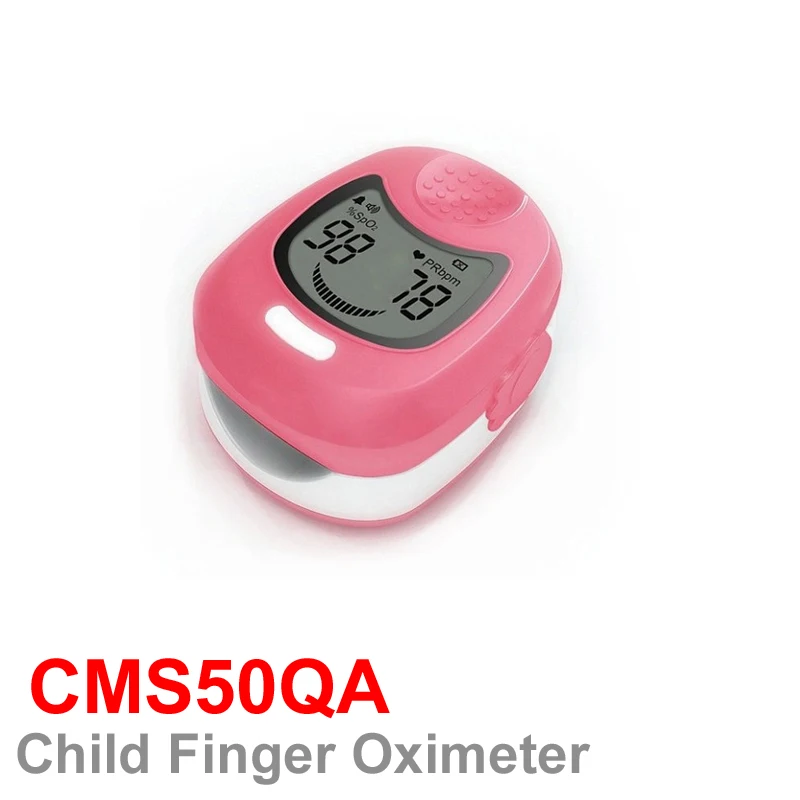 Snyder:
Snyder:
Christopher S. Snyder, MD, FAAP, Chair of the AAP Section on Cardiology and Cardiac Surgery, is Director of Pediatric Cardiology at Rainbow Babies and Children’s Hospital, Case Western Reserve University School of Medicine. He is also a member of the Ohio AAP chapter.
Image source: U.S. National Library of Medicine
The information contained on this Web site should not be used as a substitute for the medical care and advice of your pediatrician. There may be variations in treatment that your pediatrician may recommend based on individual facts and circumstances.
How much tachycardia in infants can be attributed to fever?
Study objectives:
We evaluate the hypothesis that pulse rate increases linearly with increased body temperature in infants and determine how much tachycardia in infants can be explained by a 1 degrees C (1. 8 degrees F) increase in body temperature.
8 degrees F) increase in body temperature.
Methods:
Infants younger than 1 year and presenting to a pediatric emergency department were prospectively enrolled. Rectal temperature and pulse rate were measured. Research personnel rated behavioral state as sleeping, awake and quiet, fussy, or crying. Patients were excluded if they were fussy or crying or if they had any medical condition expected to cause tachycardia. The remaining patients were divided into 6 age-based groups. Linear regression analysis of pulse rate and temperature was performed for each group.
Results:
Four hundred ninety patients were enrolled. Pulse rate increased linearly with temperature in all age groups older than 2 months (adjusted r2=0.102 to 0.376) but not in infants younger than 2 months (adjusted r2=0.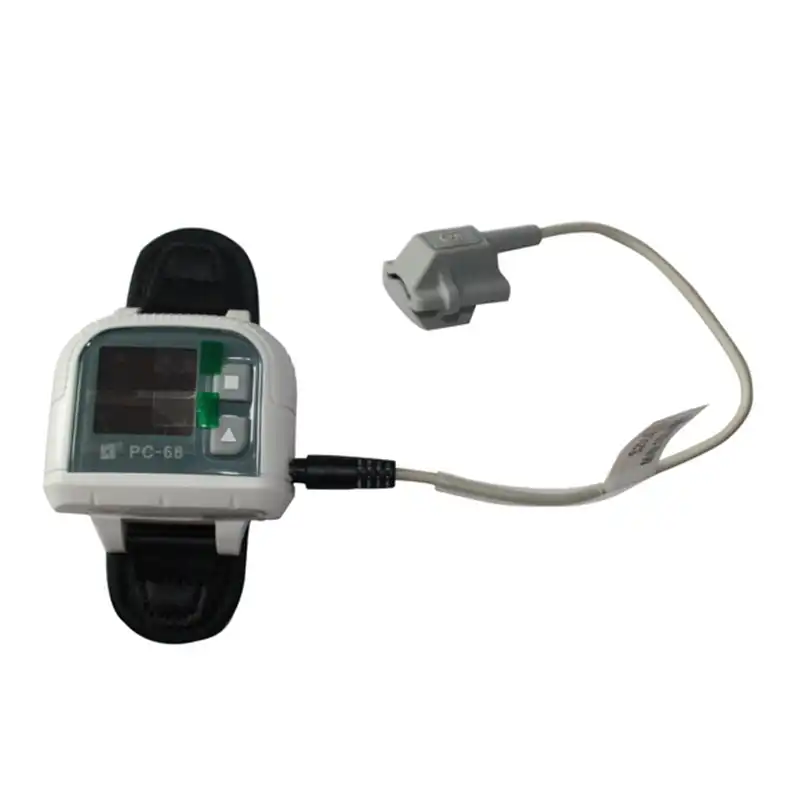 004). In infants aged 2 months or older, a multivariate linear regression model adjusted for age showed that pulse rate increased an average of 9.6 beats/min (95% confidence interval 7.7 to 11.5) per 1 degrees C (1.8 degrees F) increase in temperature (adjusted r2=0.225). At any given temperature, the prediction interval for an individual’s pulse rate had a span of approximately 64 beats/min.
004). In infants aged 2 months or older, a multivariate linear regression model adjusted for age showed that pulse rate increased an average of 9.6 beats/min (95% confidence interval 7.7 to 11.5) per 1 degrees C (1.8 degrees F) increase in temperature (adjusted r2=0.225). At any given temperature, the prediction interval for an individual’s pulse rate had a span of approximately 64 beats/min.
Conclusion:
In infants 2 to 12 months of age, pulse rate increases linearly with body temperature, with a mean increase of 9.6 beats/min for each 1 degrees C (1.8 degrees F) increase in body temperature. Pulse rates of individual infants vary greatly, however, with a broad range of pulse rates observed at any given temperature.
Supraventricular Tachycardia | Riley Children’s Health
In infants, the heart rate can be as fast as 300 beats per minute and older children it is often as fast as 220 to 250 beats per minute.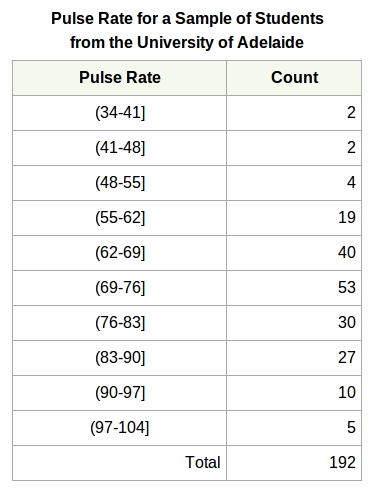 According to medical resources, normal heart rate for an infant between 1 and 11 months old is 80 to 160 beats per minute. For adults and children over 10 years of age, a normal rate is 60 to 100 beats per minute.
According to medical resources, normal heart rate for an infant between 1 and 11 months old is 80 to 160 beats per minute. For adults and children over 10 years of age, a normal rate is 60 to 100 beats per minute.
The heart has four chambers, two on top, and two below. The upper chambers are known as atria, and the lower chambers are called the ventricles.
The human heart comes with a built-in pacemaker located in the right atrium known as the sinus node. It sends an electrical impulse throughout the atria, which results in atrial contraction. This impulse is received by another node called the atrioventricular (AV) node.
The AV node has the important job of delaying the impulse just long enough to ensure the atria have fully contracted and squeezed blood down to the ventricles. From there, the electrical current travels down to the ventricles, causing them to contract and pump blood to the lungs and body.
The most common forms of Supraventricular Tachycardia (SVT) in children are caused by extra electrical connections.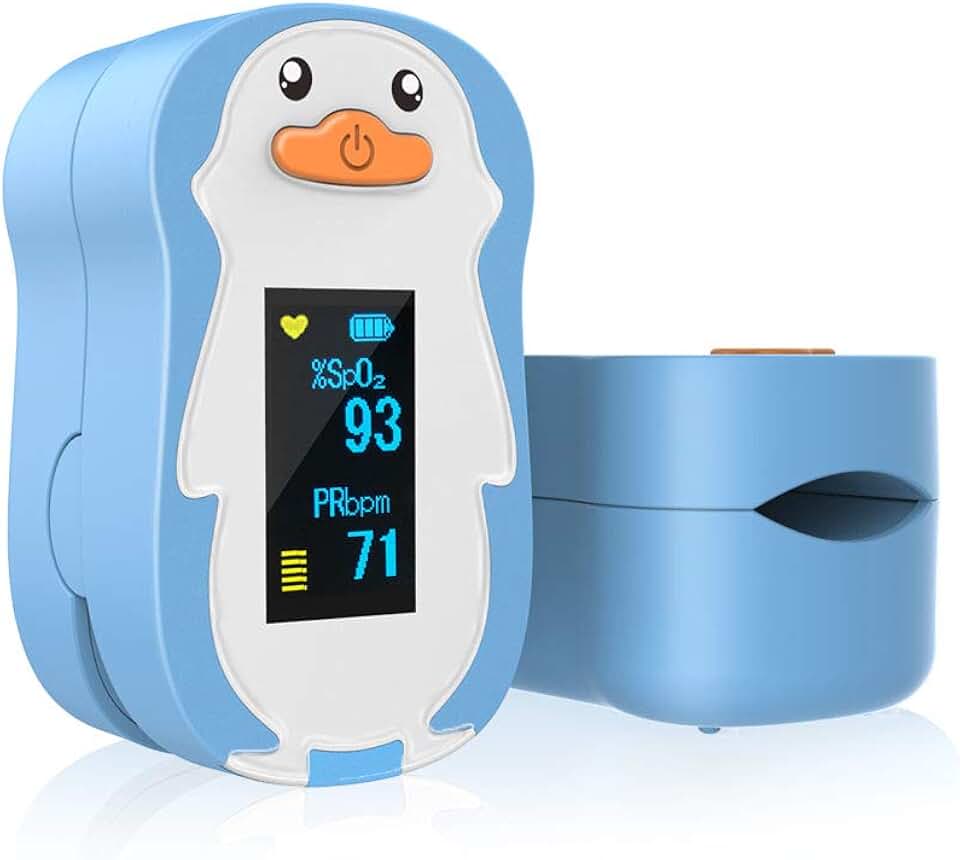 One such disorder is Wolff-Parkinson-White syndrome, a disorder that causes SVT due to an extra electrical pathway between the top and bottom chambers of the heart.
One such disorder is Wolff-Parkinson-White syndrome, a disorder that causes SVT due to an extra electrical pathway between the top and bottom chambers of the heart.
SVT is generally not a life-threatening disease, but it can be very uncomfortable. Any irregular heartbeat should be evaluated by a physician.
Symptoms of Supraventricular Tachycardia
In some patients, rapid heart rate may last for minutes or even longer. You should consult a physician if you notice any of the following symptoms:
- Chest pain or discomfort
- Racing or pounding heart
- Feeling lightheaded or dizzy
SVT can be fleeting, and it is possible for symptoms to go unnoticed.
Diagnosis of Supraventricular Tachycardia
A doctor typically diagnoses this condition by recording the heart’s electrical activity. Electrocardiograms, Holter monitors and event monitors are the most common methods for recording the heart’s electrical activity and diagnosing SVT.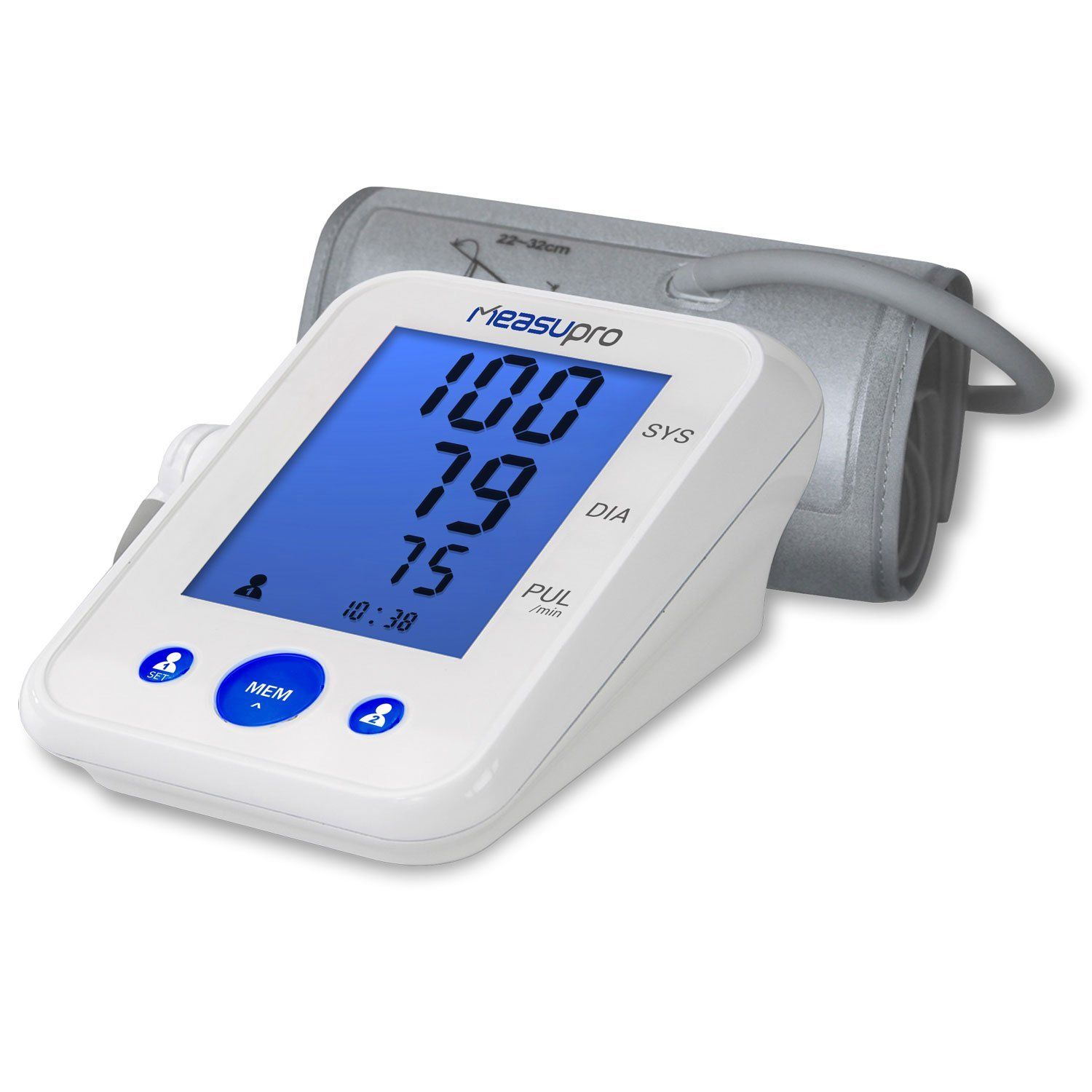 Holter monitors and event monitors are portable devices that can record the heart’s activity for extended periods. Exercise stress tests are sometimes used to help diagnose SVT.
Holter monitors and event monitors are portable devices that can record the heart’s activity for extended periods. Exercise stress tests are sometimes used to help diagnose SVT.
Fetal Heart Monitoring | Johns Hopkins Medicine
What is fetal heart monitoring?
Fetal heart rate monitoring measures the heart rate and rhythm of your baby
(fetus). This lets your healthcare provider see how your baby is doing.
Your healthcare provider may do fetal heart monitoring during late
pregnancy and labor. The average fetal heart rate is between 110 and 160
beats per minute. It can vary by 5 to 25 beats per minute. The fetal heart
rate may change as your baby responds to conditions in your uterus. An
abnormal fetal heart rate may mean that your baby is not getting enough
oxygen or that there are other problems.
There are 2 ways to do fetal heart monitoring, external and internal:
External fetal heart monitoring
This method uses a device to listen to and record your baby’s heartbeat
through your belly (abdomen).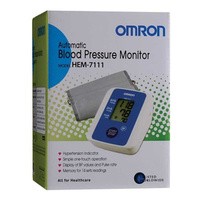 One type of monitor is a Doppler ultrasound
One type of monitor is a Doppler ultrasound
device. It’s often used during prenatal visits to count the baby’s heart
rate. It may also be used to check the fetal heart rate during labor. The
healthcare provider may also check your baby’s heart rate continuously
during labor and birth. To do this, the ultrasound probe (transducer) is
fastened to your belly. It sends the sounds of your baby’s heart to a
computer. The rate and pattern of your baby’s heart rate are shown on a
screen and printed on paper.
Internal fetal heart monitoring
This method uses a thin wire (electrode) put on your baby’s scalp. The wire
runs from the baby through your cervix. It is connected to the monitor.
This method gives better readings because things like movement don’t affect
it. But it can only be done if the fluid-filled sac that surrounds the baby
during pregnancy (amniotic sac) has broken and the cervix is opened. Your
provider may use internal monitoring when external monitoring is not giving
a good reading.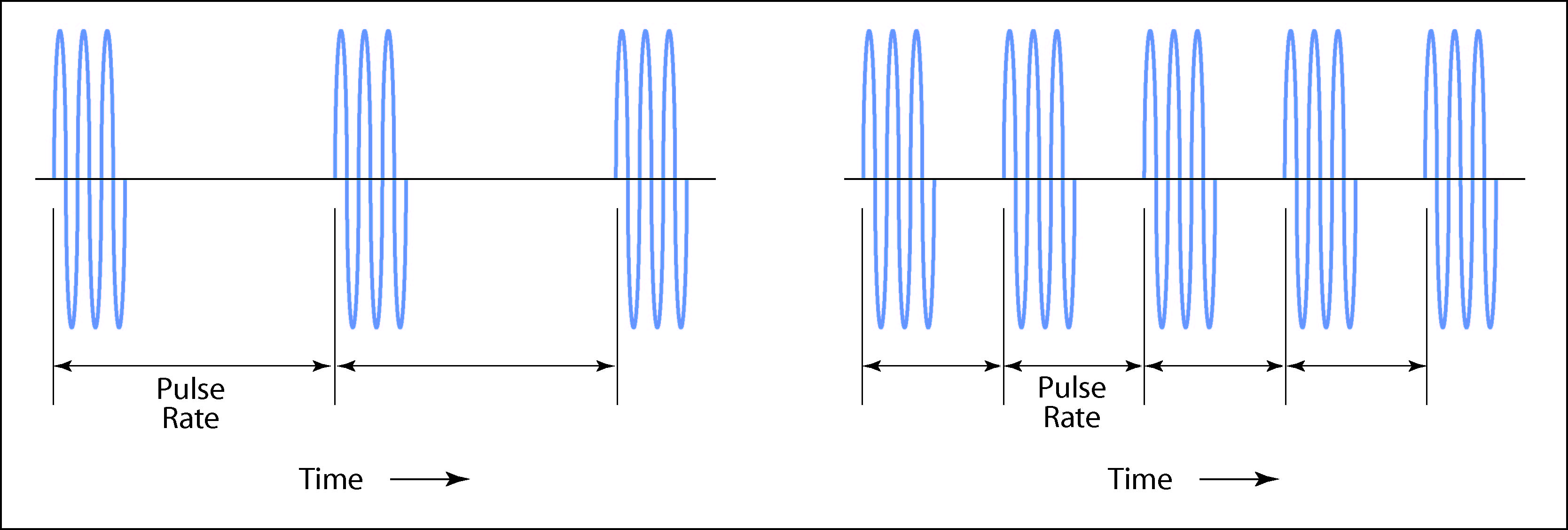 Or your provider may use this method to watch your baby
Or your provider may use this method to watch your baby
more closely during labor.
During labor, your healthcare provider will watch your uterine contractions
and your baby’s heart rate. Your provider will note how often you are
having contractions and how long each lasts. Because the fetal heart rate
and contractions are recorded at the same time, these results can be looked
at together and compared.
Your provider may check the pressure inside your uterus while doing
internal fetal heart monitoring. To do this, he or she will put a thin tube
(catheter) through your cervix and into your uterus. The catheter will send
uterine pressure readings to a monitor.
Why might I need fetal heart monitoring?
Fetal heart rate monitoring is especially helpful if you have a high-risk
pregnancy. Your pregnancy is high risk if you have diabetes or high blood
pressure. It is also high risk if your baby is not developing or growing as
it should.
Fetal heart rate monitoring may be used to check how preterm labor
medicines are affecting your baby.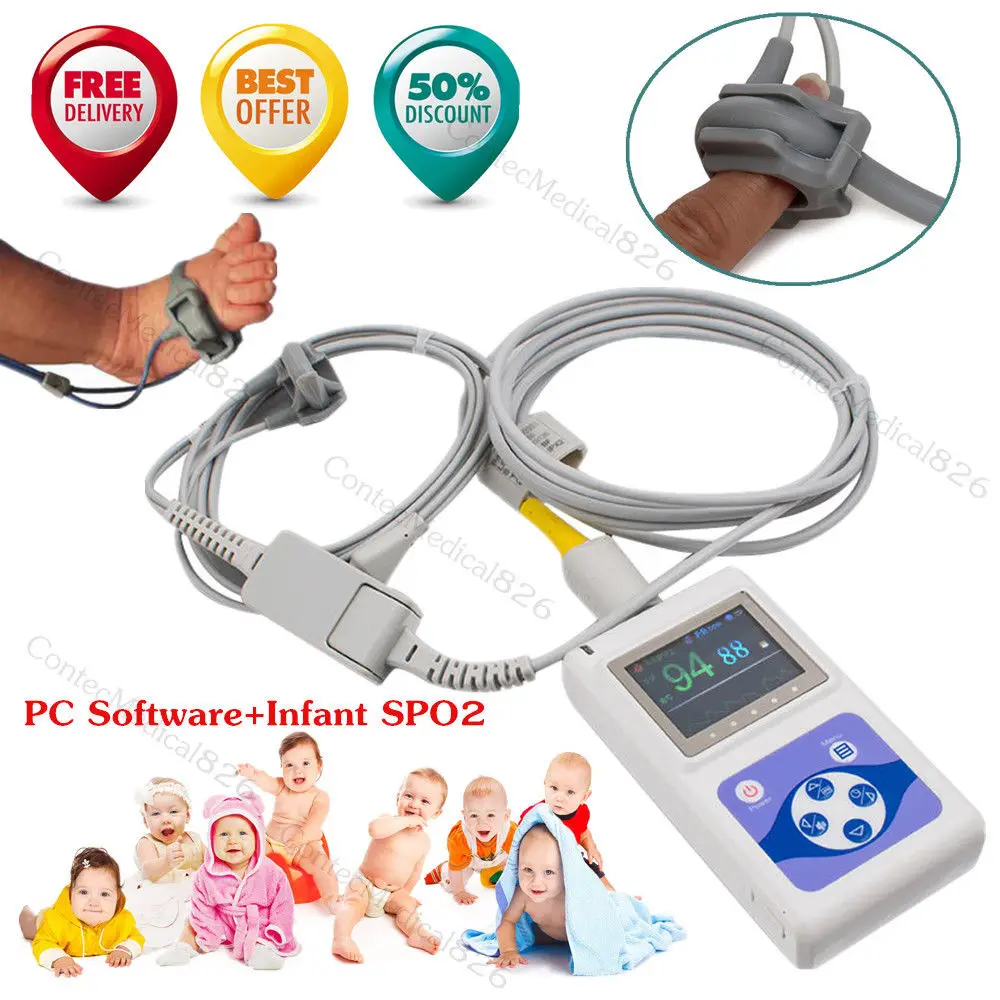 These are medicines are used to help
These are medicines are used to help
keep labor from starting too early.
Fetal heart rate monitoring may be used in other tests, including:
- Nonstress test.
This measures the fetal heart rate as your baby moves. - Contraction stress test.
This measures fetal heart rate along with uterine contractions.
Contractions are started with medicine or other methods. - A biophysical profile
(BPP).
This test combines a nonstress test with ultrasound.
Things that may affect the fetal heart rate during labor:
- Uterine contractions
- Pain medicines or anesthesia given to you during labor
- Tests done during labor
- Pushing during the second stage of labor
Your healthcare provider may have other reasons to use fetal heart rate
monitoring.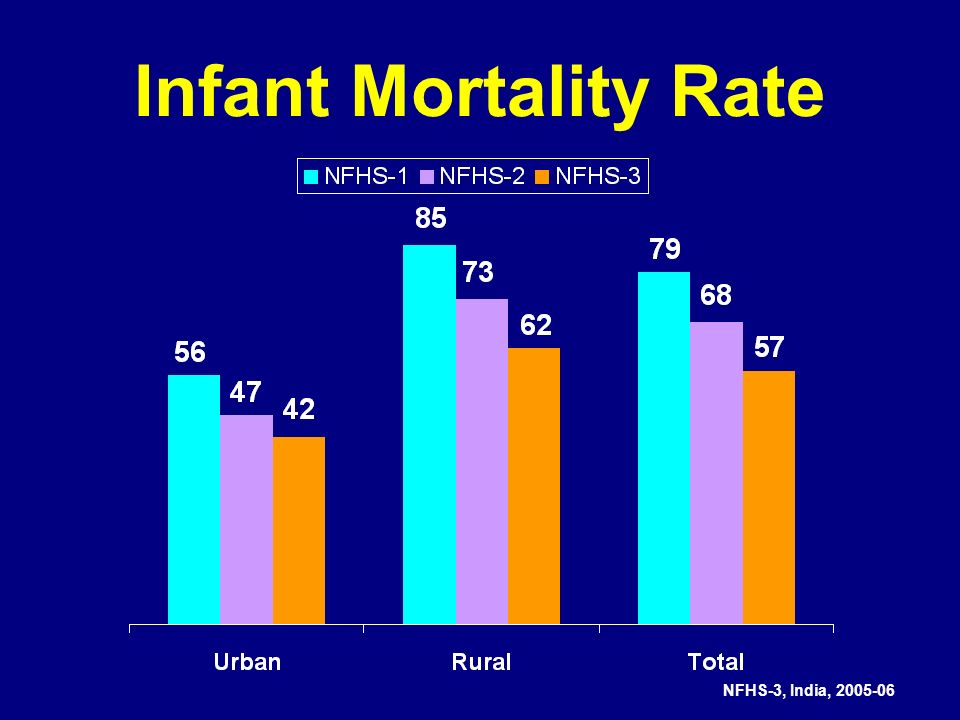
What are the risks of fetal heart monitoring?
Radiation is not used for this test. The transducer usually causes no
discomfort.
You may find the elastic belts that hold the transducers in place slightly
uncomfortable. These can be readjusted as needed.
You must lie still during some types of fetal heart rate monitoring. You
may need to stay in bed during labor.
With internal monitoring, you may have some slight discomfort when the
electrode is put in your uterus.
Risks of internal monitoring include infection and bruising of your baby’s
scalp or other body part.
Note:
You should not have internal fetal heart rate monitoring
if you are HIV positive. This is because you may pass the infection on to
your baby.
You may have other risks depending on your specific health condition. Be
sure to talk with your provider about any concerns you have before the
procedure.
Certain things may make the results of fetal heart rate monitoring less
accurate. These include:
These include:
- Obesity of the mother
- Position of the baby or mother
- Too much amniotic fluid (polyhydramnios)
- Cervix is not dilated or the amniotic sac is not broken. Both of these
need to happen to do internal monitoring
How do I get ready for fetal heart monitoring?
- Your healthcare provider will explain the procedure to you. Ask him or
her any questions you have about the procedure. - You may be asked to sign a consent form that gives permission to do the
procedure. Read the form carefully and ask questions if anything is not
clear. - The consent form for fetal heart monitoring may be included as part of
the general consent for labor and birth. - Tell your healthcare provider if you are sensitive to or are allergic
to any medicines, latex, tape, or anesthesia. - If fetal heart rate monitoring is done along with another monitoring
test, you may be asked to eat a meal before the test. This can help
This can help
make your baby more active. - The amniotic sac must be broken and your cervix must be dilated several
centimeters before the internal device can be put in place. - Follow any other instructions your provider gives you to get ready.
What happens during fetal heart monitoring?
You may have fetal heart rate monitoring in your healthcare provider’s
office or as part of a hospital stay. The way the test is done may vary
depending on your condition and your healthcare provider’s practices.
Generally, fetal heart rate monitoring follows this process:
External fetal heart monitoring
- Depending on the type of procedure, you may be asked to undress from
the waist down. Or you may need to remove all of your clothes and wear
a hospital gown. - You will lie on your back on an exam table.
- The healthcare provider will put a clear gel on your abdomen.

- The provider will press the transducer against your skin. The provider
will move it around until he or she finds the fetal heartbeat. You will
be able to hear the sound of the fetal heart rate with Doppler or an
electronic monitor. - During labor, the provider may check the fetal heart rate at intervals
or nonstop, based on your condition and the condition of your baby. - For continuous electronic monitoring, the provider will connect the
transducer to the monitor with a cable. A wide elastic belt will be put
around you to hold the transducer in place. - The provider will record the fetal heart rate. With continuous
monitoring, the fetal heart pattern will be displayed on a computer
screen and printed on paper. - You may not be able to get out of bed with nonstop external fetal heart
rate monitoring. - Once the procedure is done, the provider will wipe off the gel.

Internal fetal heart monitoring
- You will be asked to remove your clothes and put on a hospital gown.
- You will lie on a labor bed. Your feet and legs will be supported as
for a pelvic exam. - Your healthcare provider will do a vaginal exam with a gloved hand to
see how far you are dilated. This may be slightly uncomfortable. - If the amniotic sac is still intact, your healthcare provider may break
open the membranes with a tool. You will feel warm fluid coming out of
your vagina. - Your healthcare provider will feel the part of the baby at the cervical
opening with gloved fingers. This is usually the baby’s head. - The provider will put a thin tube (catheter) into your vagina. He or
she will put a small wire at the end of the catheter on the baby’s
scalp. He or she will gently turn it on the baby’s skin. - The provider will remove the catheter and leave the wire in place on
the baby’s scalp.
- The provider will connect the wire to a monitor cable. He or she will
keep it in place with a band around your thigh. - You may not be able to get out of bed with nonstop internal fetal heart
rate monitoring. - Once the baby is born, the provider will remove the wire.
What happens after fetal heart rate monitoring?
You do not need any special care after external fetal heart monitoring. You
may go back to your normal diet and activity unless your healthcare
provider tells you otherwise.
After internal fetal heart rate monitoring, your healthcare provider will
check your baby’s scalp for infection, bruising, or a cut. The provider
will clean the site with an antiseptic.
Your healthcare provider may give you other instructions, based on your
situation.
Next steps
Before you agree to the test or the procedure make sure you know:
- The name of the test or procedure
- The reason you are having the test or procedure
- What results to expect and what they mean
- The risks and benefits of the test or procedure
- What the possible side effects or complications are
- When and where you are to have the test or procedure
- Who will do the test or procedure and what that person’s qualifications
are - What would happen if you did not have the test or procedure
- Any alternative tests or procedures to think about
- When and how will you get the results
- Who to call after the test or procedure if you have questions or
problems - How much will you have to pay for the test or procedure
90,000 Rapid pulse in children as a result of emotional and physical stress
A fast pulse in a child can indicate many disorders in the body, and it is extremely important to visit a pediatric cardiologist in Saratov on time and regularly in order to monitor the child’s condition at different ages and make decisions about treatment.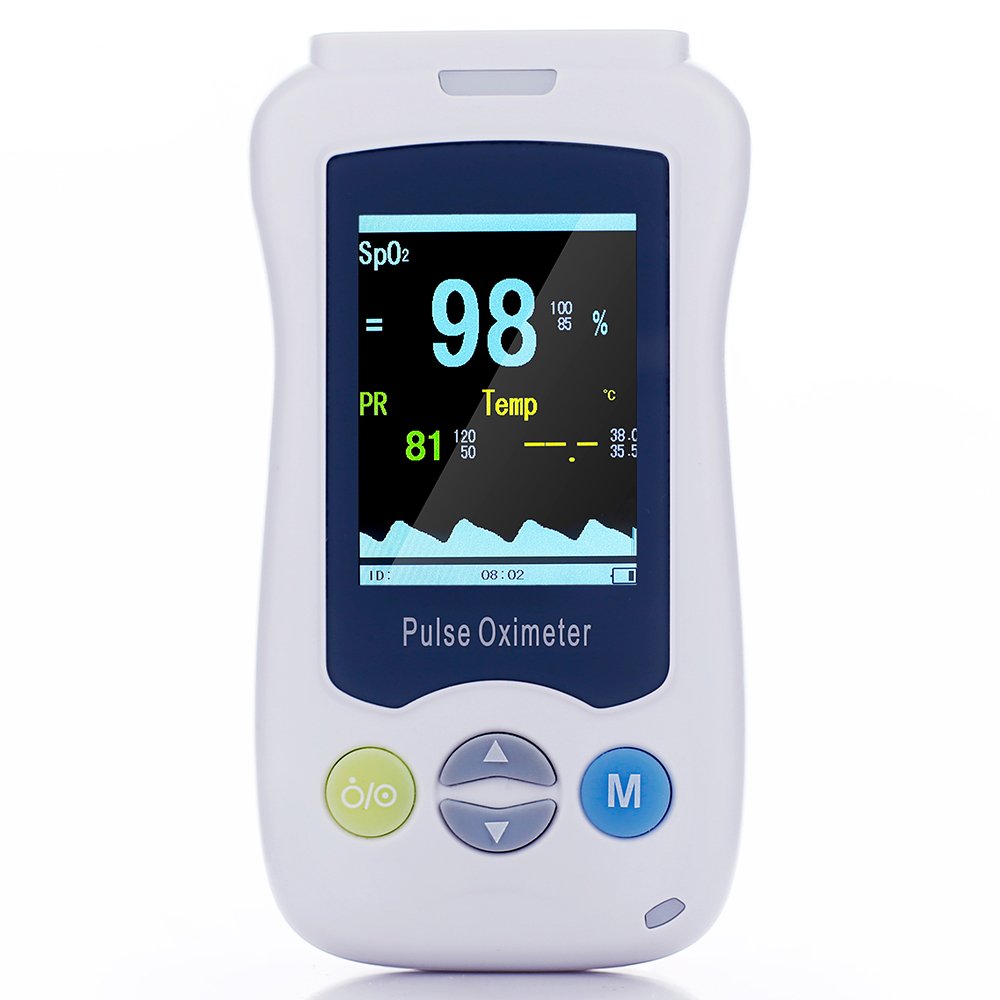
What is a normal heart rate in children?
For each age, there are certain indicators that can be checked in pediatric cardiology in Saratov.During the appointment, the doctor listens to the heart, determines or excludes the presence of murmurs, and also counts the number of heartbeats. If necessary, an ECG or ultrasound of the heart may be prescribed. An experienced pediatric cardiologist in Saratov will draw the parents’ attention to the fact that the heart rate is decreasing every year. If at birth 150-160 heartbeats are considered the norm, then by the age of 12-13 this number is equal to 75 beats.
Pulse rate directly shows how the heart is coping with its function and how efficiently it pumps blood.If too many contractions occur, the heart muscle can become fatigued and heart failure can develop.
Why is it important to monitor your heart rate?
When visiting children’s cardiology in Saratov, a specialist will pay attention to the fact that sometimes too high pulse rate does not provoke painful sensations.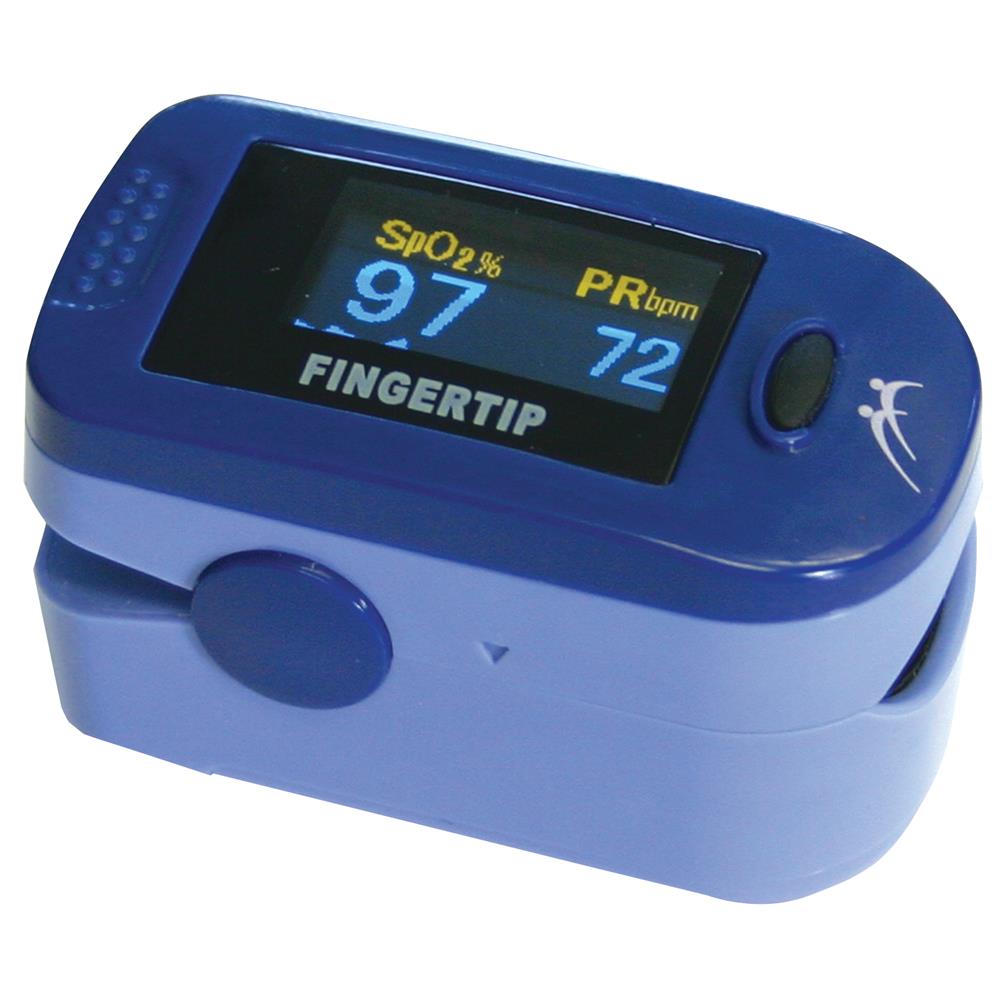 It is extremely important to monitor the behavior and reactions of the child after physical exertion, as well as after emotional outbursts. A small patient may complain of shortness of breath, headache, pain in the sternum with a return to the arm, as well as severe fatigue after:
It is extremely important to monitor the behavior and reactions of the child after physical exertion, as well as after emotional outbursts. A small patient may complain of shortness of breath, headache, pain in the sternum with a return to the arm, as well as severe fatigue after:
90 016 90 017 active physical exercises;
90,017 long walking in a calm rhythm;
An increased heart rate in a child can also be observed after emotional overstrain. A children’s cardiologist in Saratov will explain that laughter, like tears, watching a cartoon for a long time, and strong emotional reactions can cause an increase in heart rate. It is important to measure the performance after such a state, and besides this, parents must make a lot of effort to check the frequency of contractions in the usual way.
Why does the pulse rate increase?
During emotional or physical exertion, adrenaline is released, which irritates the cerebral cortex.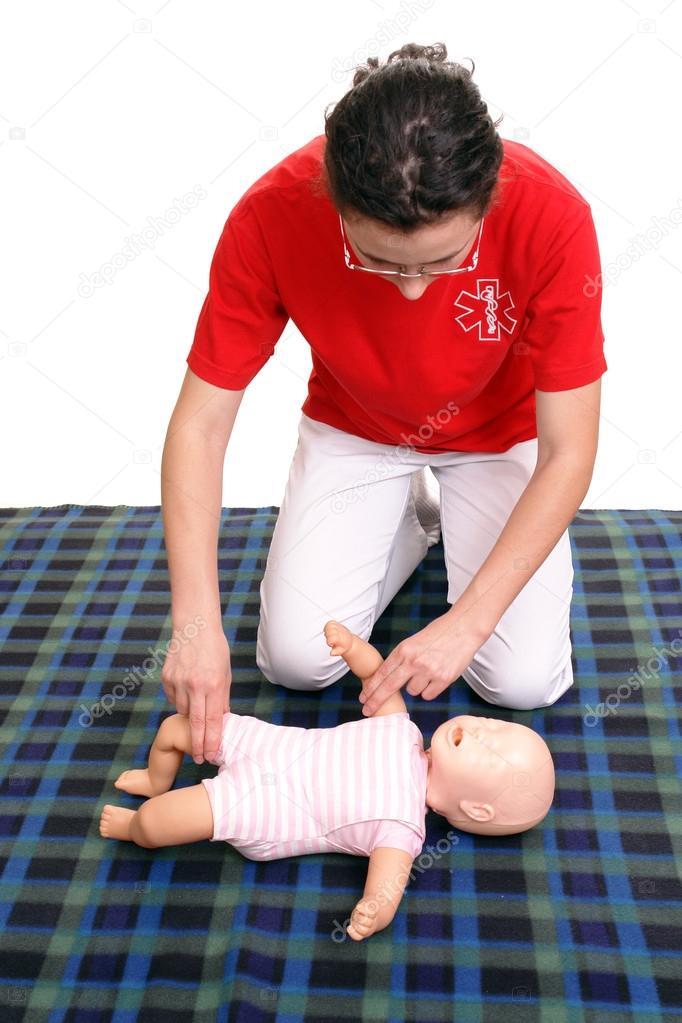 The hormone cortisol may also be released. An excess of it causes insomnia and an overly vigorous state. It is especially dangerous if the child’s heart rate increases in the late afternoon, when he has to lie down, relax and fall asleep. Adrenaline, getting into the blood, causes its increased speed of movement, while the heart begins to pump blood flow faster, which means it works with an increased load.
The hormone cortisol may also be released. An excess of it causes insomnia and an overly vigorous state. It is especially dangerous if the child’s heart rate increases in the late afternoon, when he has to lie down, relax and fall asleep. Adrenaline, getting into the blood, causes its increased speed of movement, while the heart begins to pump blood flow faster, which means it works with an increased load.
Among the additional reasons why the heart rate can increase, there are:
- infectious and viral diseases transmitted by a woman during pregnancy,
- acute illness of a child with an increase in body temperature;
- transferred surgical interventions.
90,017 natal injuries;
A children’s cardiologist in Saratov often diagnoses palpitations, other types of heart rhythm disturbances, heart murmurs, fluctuations in blood pressure. These symptoms can be caused both by diseases of the heart and blood vessels itself, and by a number of other conditions: disturbances in the work of the endocrine system, nervous system, kidneys. A complete examination is required to identify the cause of the disease.
A complete examination is required to identify the cause of the disease.
Sometimes for such an examination in children’s cardiology in Saratov, a method of Holter heart rate monitoring is prescribed, with the help of which the heart rate is recorded over 24 hours.During the day, the child’s emotional background and mood change, there is physical activity, periods of sleep and quiet activities, training load, which affects the work of the heart. And when deciphering the recording of the daily rhythm, the children’s cardiologist in Saratov sees what changes occurred in the work of the heart.
Critical age periods
For small patients, there are critical periods in which an increased heart rate is often observed. Most often, the child cannot explain exactly how bad he is and what is the reason for such physiological changes.He feels chest pressure, dizziness, sometimes chills and may even pass out. You should not lead to such frequent reactions, and it is worth visiting a pediatric cardiologist in Saratov immediately upon detection of the first symptoms.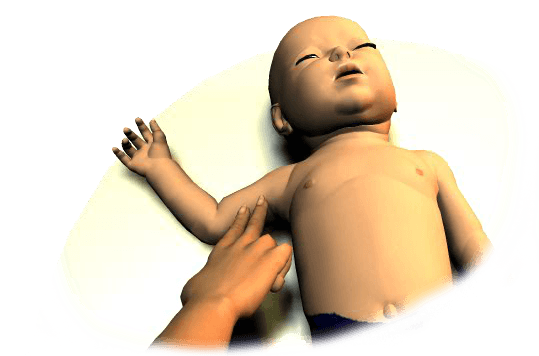 A small patient may himself be afraid that his body reacted so much to running, watching his favorite movie and that he received the gift he had dreamed of for so long.
A small patient may himself be afraid that his body reacted so much to running, watching his favorite movie and that he received the gift he had dreamed of for so long.
What is the threat of a frequent pulse in the future?
If you do not notice in time and do not contact the children’s cardiology in Saratov for adequate treatment, the child will eventually experience frequent painful sensations, and in addition, he may develop concomitant disorders:
- with vessels, veins and arteries;
- with the nervous system;
- with hormonal background.
A pediatric cardiologist in Saratov, based on the results of monitoring and the obtained analyzes, will determine and deliver an accurate diagnosis, which will allow prescribing a treatment, the effectiveness of which will not be long in coming. It is also important to fix the changes after a certain time in order to adjust the medication course and prescribe additional physiotherapy procedures, choose the appropriate sport. It is important to take measurements immediately after physical activity of varying strength and intensity, after strong positive or negative psychological reactions.Heart rate measurements after sleep are also important for a pediatric cardiologist in Saratov to diagnose and prescribe an effective and appropriate treatment.
It is important to take measurements immediately after physical activity of varying strength and intensity, after strong positive or negative psychological reactions.Heart rate measurements after sleep are also important for a pediatric cardiologist in Saratov to diagnose and prescribe an effective and appropriate treatment.
Over time, as a child grows up, it is necessary to teach him how to monitor his heart rate, especially after physical or emotional stress. There are drugs that allow you to quickly restore your heart rate, and in addition, supportive therapy. Every year a little patient must learn to listen to his body and an experienced children’s cardiologist in Saratov will help with this.
Make an appointment with a cardiologist
Congenital and acquired heart disease
Unfortunately, every year pediatric cardiologists more and more often diagnose diseases in children that are provoked by . ..
..
Should you be afraid of bradycardia in children?
A pediatric cardiologist in Saratov at the first visit and under certain indications will be able to determine if …
Holter ECG monitoring: what is it and how is it done
A pediatric cardiologist in Saratov, having determined a child’s heart problems, can prescribe Holter monitoring …
Common childhood diseases of the heart and blood vessels and how to prevent them
Speaking about childhood heart diseases, it is worth highlighting the fact that some cause pain reactions, but …
When a child needs a routine examination by a pediatric cardiologist
For every parent, the health of their child is a matter that cannot be compromised.If the parents have …
Ultrasound of the heart for a child is a quick and harmless diagnostic method
It is believed that heart disease is more relevant for adults and the elderly. Indeed, …
Chest pain. How to understand what hurts a child
How to understand what hurts a child
For the parents of each child, there is nothing worse when their child is sick. Especially at an early age, …
Key reasons why physical education is better than professional sports
For every parent, the importance of the health of his child is an indescribable truth, therefore, in order to maintain the body …
Arrhythmia in children
Traditionally, heart disease is believed to be more common in adults and the elderly.This is definitely …
Arterial hypertension in children and adolescents
According to the Ministry of Health of the Russian Federation, an increase in the number of children has been observed …
Minor malformations of the heart
Small cardiac anomalies (MARS) are microdisorders of the development of the cardiovascular system. The most …
The first children’s medical center
Children’s health – peace of mind for parents!
Share on social networks:
Heart rate (HR) – Articles – Crystal heart
With age, sinus (or respiratory arrhythmia) increases, i.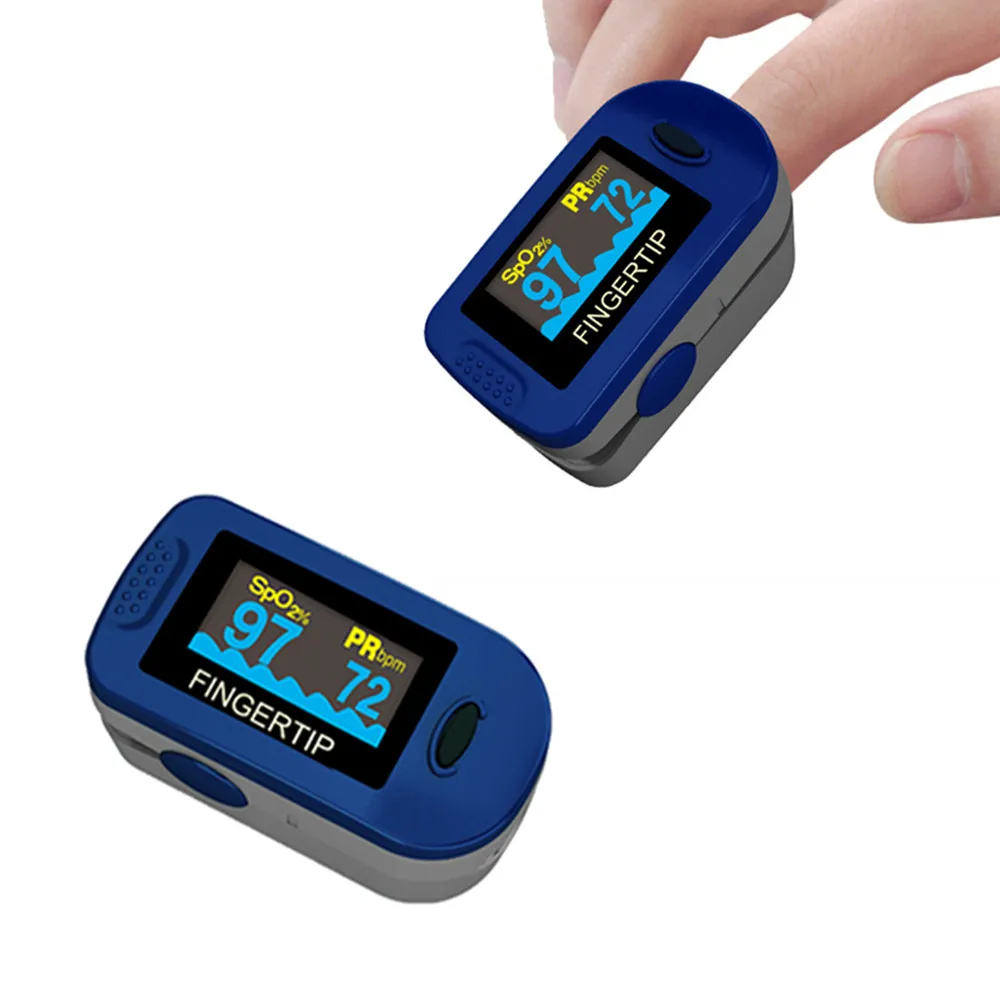 e.i.e. irregularity of the pulse associated with the act of breathing. When you inhale, the pulse quickens; when you exhale, it decreases. This is a normal process associated with the formation of autonomic regulation of the heart rate. But many parents reading the conclusion about sinus arrhythmia are frightened by the very word arrhythmia and they rush to the doctor for a consultation. Don’t worry – sinus arrhythmia is a perfectly natural reflection of normal heart function. On the contrary, if sinus arrhythmias are not pronounced after 35 years, you need to worry and find out from the doctor: are there any diseases associated with its absence.Most accurately and quantitatively, sinus arrhythmia can be assessed when conducting daily (Holter) ECG monitoring.
e.i.e. irregularity of the pulse associated with the act of breathing. When you inhale, the pulse quickens; when you exhale, it decreases. This is a normal process associated with the formation of autonomic regulation of the heart rate. But many parents reading the conclusion about sinus arrhythmia are frightened by the very word arrhythmia and they rush to the doctor for a consultation. Don’t worry – sinus arrhythmia is a perfectly natural reflection of normal heart function. On the contrary, if sinus arrhythmias are not pronounced after 35 years, you need to worry and find out from the doctor: are there any diseases associated with its absence.Most accurately and quantitatively, sinus arrhythmia can be assessed when conducting daily (Holter) ECG monitoring.
Heart rate is the first and mandatory parameter for ECG evaluation.
Heart rate (beats / min) in children 0-18 years old.
(Protocol TsSSSA FMBA of Russia).
Age | Standard |
0-1 day | 120-140 |
1-3 days | |
3-7 days | 130-150 |
7-30 days | 140-160 |
1-3 months | 145-170 |
3-6 months | 130-150 |
6-12 months | 120-140 |
1-2 years | 110-140 |
3-4 years | 90-110 |
5-7 years | 80-105 |
8-11 years | 75-95 |
12-15 years | 70-90 |
16-18 years | 65-80 |
> 18 years old | 60-80 |
In children under 8 years of age, the heart rate values practically do not differ in boys and girls, but later there is a slight decrease in heart rate (by about 5 beats / min) in boys compared to girls, more pronounced from the age of 12-16 years. It should be noted that the average values of heart rate in children have not undergone any practical changes over the past centuries. I think it will be interesting to cite here, for comparison, the results of average heart rate values in children, determined in the second half of the 19th century (Vierordt H, Daten und Tabell n.Jona, G. Fisher, 1888): 0-1 years – 131 beats / min; 1-2 years – 110.6 bpm; 2-3 years – 108 beats / min; 3-4 years – 108 beats / min; 4-5 years old – 103 bpm; 5-6 years old – 98 bpm; 6-7 years old – 92.1 bpm; 7-8 years old – 94.9 beats / min; 8-9 years old – 88.8 bpm; 9-10 years old – 91.8 beats / min; 10-11 years old – 87.9 bpm; 11-12 years old – 89.7 bpm; 12-13 years old – 87.9 bpm; 13-14 years old – 86.8 bpm.Comparing them with our Protocol (table), we will not find any fundamental differences in the mean values. Also, our attempt to identify ethnic characteristics during mass ECG screening among the Slavs and Buryats [7] also did not lead to significant differences between the groups.
It should be noted that the average values of heart rate in children have not undergone any practical changes over the past centuries. I think it will be interesting to cite here, for comparison, the results of average heart rate values in children, determined in the second half of the 19th century (Vierordt H, Daten und Tabell n.Jona, G. Fisher, 1888): 0-1 years – 131 beats / min; 1-2 years – 110.6 bpm; 2-3 years – 108 beats / min; 3-4 years – 108 beats / min; 4-5 years old – 103 bpm; 5-6 years old – 98 bpm; 6-7 years old – 92.1 bpm; 7-8 years old – 94.9 beats / min; 8-9 years old – 88.8 bpm; 9-10 years old – 91.8 beats / min; 10-11 years old – 87.9 bpm; 11-12 years old – 89.7 bpm; 12-13 years old – 87.9 bpm; 13-14 years old – 86.8 bpm.Comparing them with our Protocol (table), we will not find any fundamental differences in the mean values. Also, our attempt to identify ethnic characteristics during mass ECG screening among the Slavs and Buryats [7] also did not lead to significant differences between the groups.
Makarov L.M.
Doctor of Medical Sciences, Professor, Head of the Center for Syncope and Cardiac Arrhythmias (CSCA) in children and adolescents of the Central Children’s Clinical Hospital of the Federal Medico-Biological Agency of Russia.
Address: 115409, Moscow, st. Moskvorechye 20, tel / fax: 8 (495) 324-57-56
Basic vital signs for children.
Below is a table of vital signs for children, it perfectly illustrates the answer to the question why it is so important in pediatrics to adjust the diagnosis and treatment depending on the age of the patient. Also, this information can be useful for parents who want to assess the condition of their child.
Child’s age | Pulse | Systolic pressure | Pressure Diastalic | Respiration rate |
Up to 1 year | 115-150 | 90-95 | 45-50 | 40-60 |
1 to 3 years | 110-120 | 95-105 | 50-65 | 25-40 |
3-5 years | 100-115 | 95-110 | 55-70 | 22-30 |
6 to 12 years | 85-90 | 100-120 | 65-77 | 16-24 |
12-18 years | 66-85 | 110-135 | 70-85 | 14-18 |
90,000 Heart rate in elderly people
Pulse is the number of times the heart beats at a specific time interval, usually per minute. Throughout life, this indicator is constantly changing. Its highest value is observed in newborns and averages 140 beats per minute. This is due to the fact that metabolic processes in infants proceed faster, and the walls of blood vessels have the greatest elasticity. Further, this figure begins to gradually decrease and by the age of 15 it approaches the mark of 60-80 beats per minute.
Throughout life, this indicator is constantly changing. Its highest value is observed in newborns and averages 140 beats per minute. This is due to the fact that metabolic processes in infants proceed faster, and the walls of blood vessels have the greatest elasticity. Further, this figure begins to gradually decrease and by the age of 15 it approaches the mark of 60-80 beats per minute.
In old age, due to the fact that there are malfunctions in the body, the heart rate increases slightly.Normally, an elderly person’s pulse at rest should be 60-90 beats.
However, during the day, these numbers can fluctuate noticeably, since the pulse is an unstable value and depends on many factors.
Factors affecting the pulse in the elderly
In old age, the main factor determining the heart rate is general health and the presence of chronic ailments. Diseases of the cardiovascular and endocrine systems are the most common causes of deviations in heart rate readings from the norm.
Also, the pulse of an elderly person is sensitive to any changes, be it environmental factors or the state of the body:
- With physical exertion, the heart rate increases. You can calculate the maximum allowable indicator using the formula: 220 – your age. According to calculations, the maximum possible heart rate for a 70-year-old person would be 150 beats per minute;
- the lowest heart rate readings are usually recorded in the morning, immediately after waking up.During the day, they slowly grow, but at the same time they should not go beyond the limits of the norm;
- Stress and anxiety cause significant jumps in heart rate. If this does not pose a serious danger for a healthy adult, then older people should try to avoid all kinds of excitement;
- In old age, the heart is very sensitive to climatic conditions. In hot, stuffy weather, the heartbeat increases. Roughly the same thing happens when a person is in a stuffy room.
Other factors also affect heart rate:
- gender – heart rate indicators for men and women are different.
 In men, they are, as a rule, 5-7 beats lower;
In men, they are, as a rule, 5-7 beats lower; - growth – in tall people, the pulse is usually calmer than in low people;
- food – excessive consumption of salty, fried, spicy foods provokes heart palpitations;
- bad habits – alcohol, smoking – also negatively affect the work of the heart muscle;
- weight – being overweight puts additional stress on the heart.
To compare the heart rate indicators in different years of a person’s life, you can use a special table, which indicates the upper and lower limits of the norm, as well as average values.
How to measure the pulse correctly?
Elderly people are recommended to measure their pulse every day, at the same time of the day. This will help to detect deviations in time and take appropriate measures. It is best to take measurements before noon, between meals and always at rest.To do this, you should take a comfortable position or lie down for 10-15 minutes before starting measurements, excluding any stress.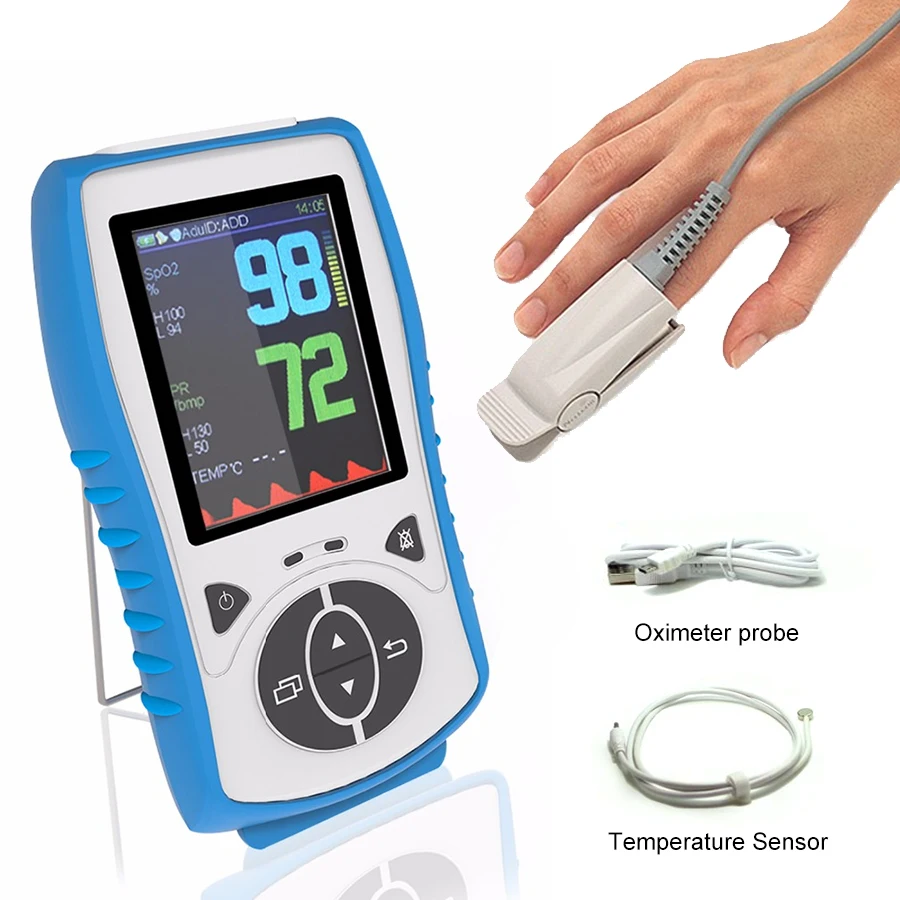 Alcohol and medication are not allowed before the procedure.
Alcohol and medication are not allowed before the procedure.
Measurements can be taken independently or with an automatic tonometer. Self-measurement of the pulse is best done in the submandibular region, where the carotid artery lies. The optimal time to measure the heart rate is 60 seconds.
High and low heart rate in the elderly
If you are systematically worried about a fast or, on the contrary, a low pulse, and it has nothing to do with physical or emotional stress, climatic conditions, nutrition, excess weight, this is a reason to consult a doctor and undergo an examination.
If the heart rate values in an elderly person go beyond the upper norm, then they talk about tachycardia – heart palpitations. If, in a calm state, the heart rate in the elderly is below 60 beats per minute, they speak of bradycardia – a low heart rate. Tachycardia and bradycardia are not independent diseases, they are only symptoms that signal that a pathological process is taking place in the body.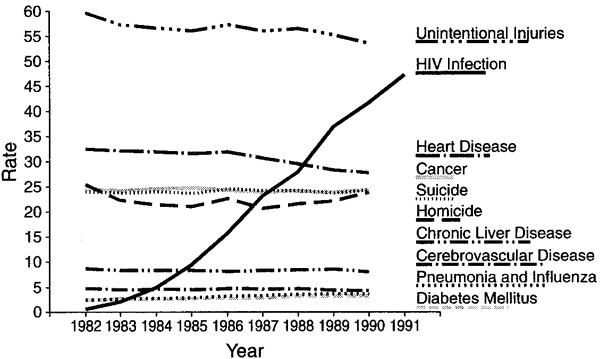
There are a number of diseases that are characterized by deviations of the pulse from normal values.Tachycardia is a companion of chronic heart failure, hypertension, heart defects, inflammatory heart diseases, as well as ailments not associated with disruption of the heart muscle: anemia, endocrine diseases, adrenal tumors, dehydration, diseases of the nervous system, psychosis.
Tachycardia can also be triggered by high body temperature, as well as some medications, for example, vasoconstrictors, diuretics, sedatives.
Bradycardia accompanies such diseases as myocardial pathology, coronary heart disease, hypothyroidism, poisoning, infectious diseases, brain tumors.
In order to timely detect and begin treatment of dangerous ailments, the elderly need to regularly, at least once a year, do an ECG, and in the presence of cardiovascular diseases, echocardiography, Holter monitoring, ultrasound of the thyroid gland and carotid artery, urinalysis, general and biochemical blood tests.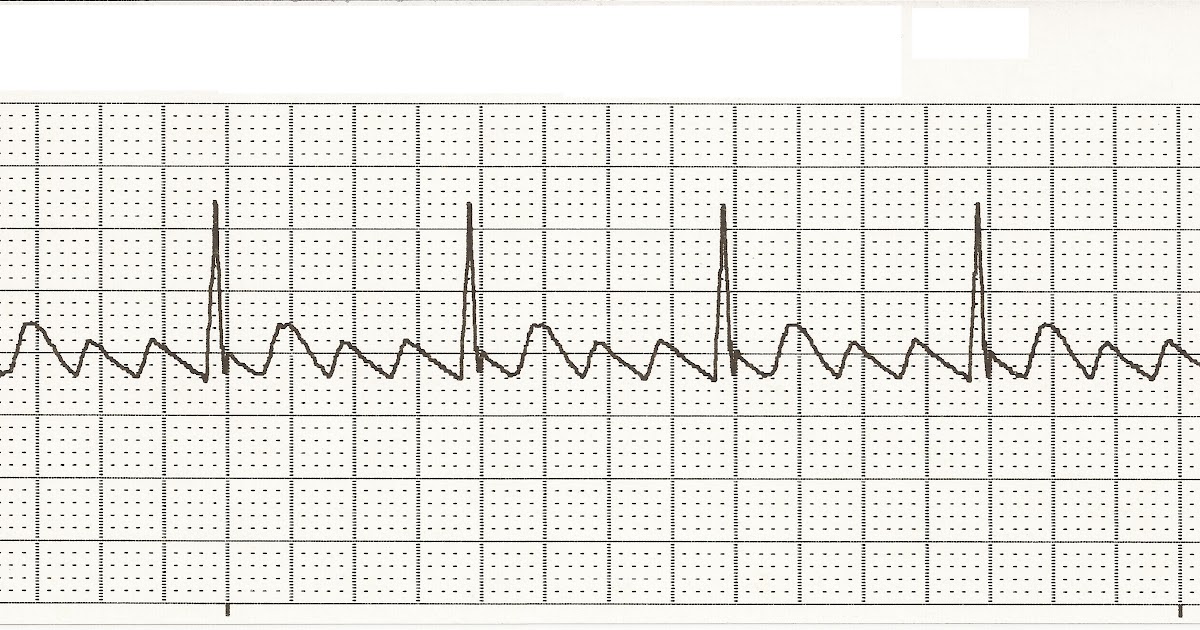
How to stabilize an elevated heart rate?
An increased heart rate in the elderly requires close attention, even if examinations have not shown the presence of serious pathologies of the heart or other body systems.
To stabilize the heart rate, you need:
- Revise the diet. Limit or exclude salty, fried, spicy foods, smoked meats, coffee, foods high in cholesterol. Give preference to vegetables, fruits, stews, boiled, baked dishes.
- Tidy up the weight by adjusting the power system.
- Give up bad habits – alcohol, smoking.
- Build a healthy sleep and rest regimen, do not forget about daily walks in the fresh air, a contrast shower.
- Take care of your psycho-emotional health – do not be nervous over trifles, do not overstrain yourself.
- Introduce reasonable physical activity – do gymnastics in the morning, do Scandinavian walking, swimming, water aerobics.
With a slight increase in heart rate in an elderly person, you can resort to folk remedies – a decoction of wild rose or motherwort, valerian tinctures, medicinal herbs. Before you start taking it, you should consult with your doctor in order to exclude contraindications and calculate the required doses.
Before you start taking it, you should consult with your doctor in order to exclude contraindications and calculate the required doses.
If an elderly person has a sharp jump in pulse, dizziness, shortness of breath, pallor of the skin, chest pains, weakness, it is necessary to urgently provide first aid:
- ask the person to take a deep breath several times, hold their breath and tighten the abdominal muscles for 10 seconds;
- wash it with cold water;
- give water or sweet tea, ask to lie on your stomach and relax;
- , you can perform the following technique: press your thumbs on the eyeballs with moderate force for 30 seconds;
- to offer a sedative medicine – validol, corvalol.
If, after half an hour, your heart rate does not return to normal, you need to call an ambulance.
What should I do if my heart rate is low?
A low pulse in an elderly person may be accompanied by symptoms such as weakness, fatigue, shortness of breath, nausea, headache, feeling short of breath and even fainting. With a decrease in the pulse to 40-50 beats per minute, you should immediately call an ambulance, since in this state oxygen starvation occurs – brain hypoxia.
With a decrease in the pulse to 40-50 beats per minute, you should immediately call an ambulance, since in this state oxygen starvation occurs – brain hypoxia.
In order to choose the correct tactics of behavior in the event of bradycardia, it is necessary to measure not only the heart rate, but also the pressure. If the pressure is increased, in this case it is not recommended to artificially increase the pulse. Do not offer the patient coffee, strong tea, do not force him to exercise. It will be enough to open the windows to provide fresh air and call a doctor.
If the pressure is normal, then:
- you can prepare a warm or hot bath for a patient with the addition of essential oils;
- Brew a cup of hot black tea;
- offer to eat a couple of dark chocolate wedges;
- do several physical exercises, for example, in an upright position, lower or raise your arms several times, squeeze and unclench your palms;
- Do a light massage, for example, earlobes;
- Apply a mustard compress to the collar area for 15-20 minutes.

You can also resort to taking medication, but only if prescribed by a doctor. Self-medication is strongly discouraged.
Care of the elderly with tachycardia and bradycardia
In old and especially senile age, a person often lacks the strength and motivation to change their usual way of life, their own habits in accordance with the requirements and prescriptions of doctors. As a result, many recommendations are not followed. Relatives are also far from always able to come to the rescue, and even more so to be near an elderly person all day, monitoring his health indicators.
If your loved one is diagnosed with a disease accompanied by tachycardia or bradycardia, and he needs quality care and careful monitoring of blood pressure and pulse, you can contact the network of boarding houses for the elderly “Doverie”.
All conditions for a healthy lifestyle and the implementation of the recommendations of the attending physician will be provided here.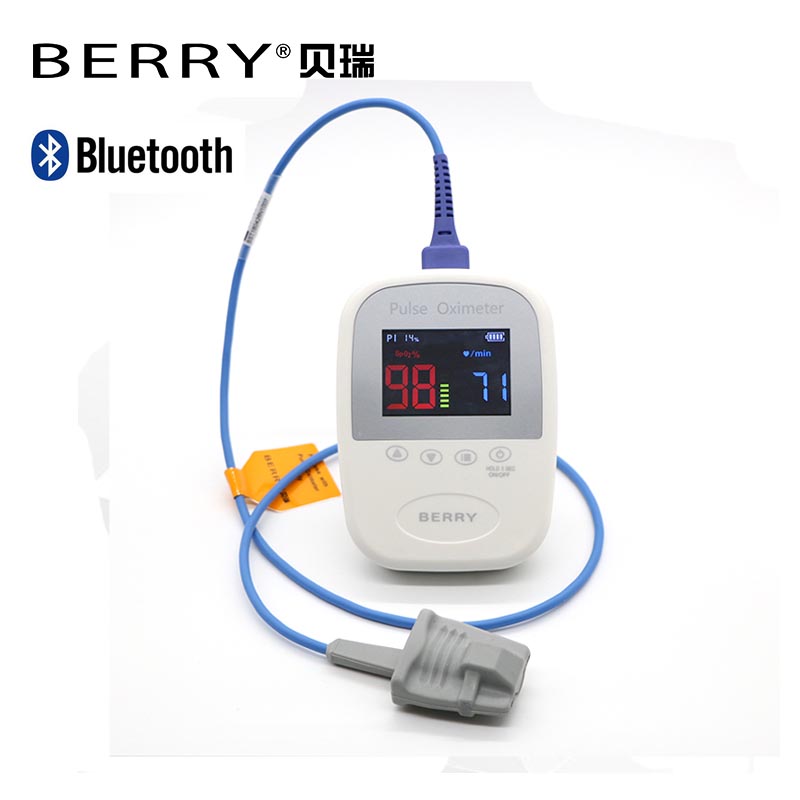 The staff of the boarding houses employs qualified doctors and nurses with medical education who will take all the care of your loved ones and, if necessary, provide emergency assistance on time.
The staff of the boarding houses employs qualified doctors and nurses with medical education who will take all the care of your loved ones and, if necessary, provide emergency assistance on time.
We offer:
- daily monitoring of pulse and blood pressure in an elderly person;
- drug administration control;
- balanced 6 meals a day, diet food;
- exercise therapy, gymnastics, physiotherapy;
- a well-structured sleep and rest routine;
- calm, friendly atmosphere and warm communication, which gives the elderly person invaluable support and motivation.
90,017 daily walks in the fresh air on the territory of boarding houses;
To find out the details of accommodation in the Doverie boarding house network, just fill out the form on the website, and we will call you back and answer all your questions.
What is the most effective way of intermittent listening to the fetal heartbeat during labor to improve the well-being of the baby?
What is the problem?
One of the methods of controlling / monitoring the well-being of the child is to listen to the heartbeat (heart rate) of the fetus, including periodically during childbirth (periodic auscultation).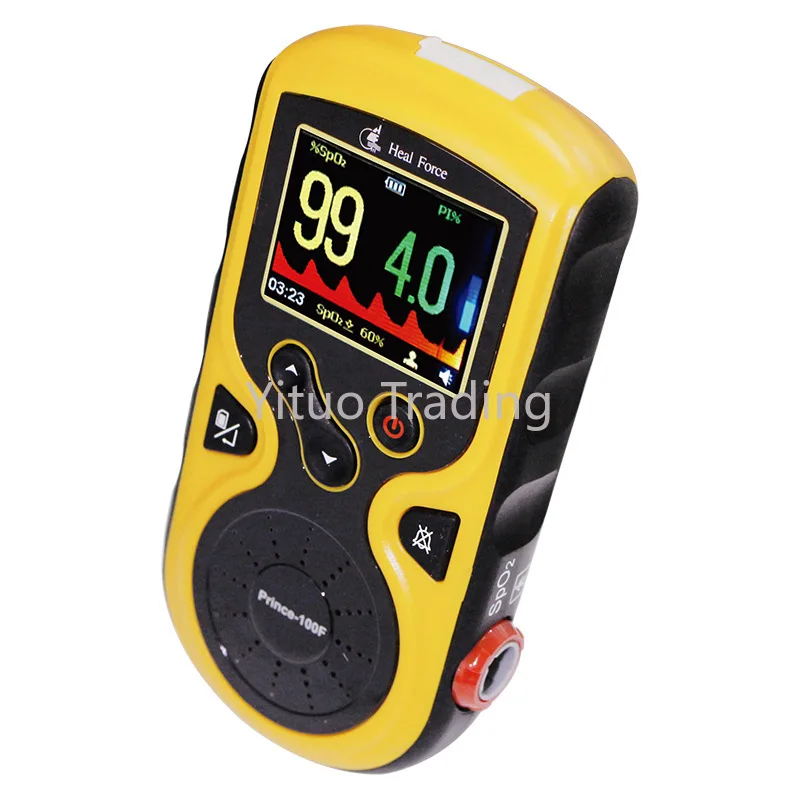 There are several ways to assess a baby’s heartbeat and heart rate. Some instruments for listening to a child’s heart are made of wood, plastic or aluminum (Pinard, Laennec and a fetoscope), and there are also electronic instruments of varying complexity, including portable (with batteries or factory) ultrasound machines with Doppler and cardiotocogram (CTG) , which are sometimes referred to as electronic fetal monitoring.
There are several ways to assess a baby’s heartbeat and heart rate. Some instruments for listening to a child’s heart are made of wood, plastic or aluminum (Pinard, Laennec and a fetoscope), and there are also electronic instruments of varying complexity, including portable (with batteries or factory) ultrasound machines with Doppler and cardiotocogram (CTG) , which are sometimes referred to as electronic fetal monitoring.
Why is this important?
The purpose of monitoring is to ensure that babies with problems can be identified accurately and in a timely manner, and interventions (such as caesarean section or instrumental vaginal delivery) can be used to improve child outcomes.
What evidence have we found?
We wanted to see what types of listening instruments and timing of intermittent auscultation are most effective. We looked at handheld devices for listening to heartbeats, such as the pocket fetal doppler and various Pinard stethoscopes. We searched for studies (September 19, 2016) and found three randomized controlled trials from Africa involving 6241 women in labor.The data provided by one of the studies were inconsistent and we were unable to include them in the results. This means that 3242 women and their babies were included in the analysis. The results of the studies were at risk of bias because it was not possible to “blind” the women and the staff involved, so the overall quality of the evidence was rated very low to moderate (moderate).
We searched for studies (September 19, 2016) and found three randomized controlled trials from Africa involving 6241 women in labor.The data provided by one of the studies were inconsistent and we were unable to include them in the results. This means that 3242 women and their babies were included in the analysis. The results of the studies were at risk of bias because it was not possible to “blind” the women and the staff involved, so the overall quality of the evidence was rated very low to moderate (moderate).
One study comparing intermittent electronic fetal monitoring with standard listening with a Pinard stethoscope did not show clear differences between groups of children for low Apgar scores five minutes after birth ( very low quality evidence ) or differences in perinatal mortality ( low-quality evidence ), although neonatal seizures (neonatal convulsions) were less common in the electronic fetal monitoring group ( low-quality evidence ) Other important infant outcomes (such as cerebral palsy) were not reported. With electronic fetal monitoring, women were more likely to undergo cesarean sections due to fetal distress ( moderate-quality evidence), however, there was no clear difference between groups in the frequency of instrumental vaginal deliveries (intravaginal birth, with instruments) ( low-quality evidence ). Other important outcomes in women were not reported (maternal mortality, pain relief during labor, mobility / mobility or limitation during labor, and postpartum depression).
With electronic fetal monitoring, women were more likely to undergo cesarean sections due to fetal distress ( moderate-quality evidence), however, there was no clear difference between groups in the frequency of instrumental vaginal deliveries (intravaginal birth, with instruments) ( low-quality evidence ). Other important outcomes in women were not reported (maternal mortality, pain relief during labor, mobility / mobility or limitation during labor, and postpartum depression).
Two studies compared Doppler ultrasound with conventional listening with a Pinard stethoscope. There was no clear difference between groups for low Apgar scores at five minutes after birth ( evidence very low quality ) or perinatal mortality ( evidence very low quality ) or neonatal seizures ( very low-quality evidence ).Other important infant outcomes were not reported. Only one study reported outcomes in women. The group of women who received Doppler ultrasound had a higher incidence of caesarean section due to fetal distress than the group who received fetal heartbeats with a conventional Pinard stethoscope ( moderate quality evidence ).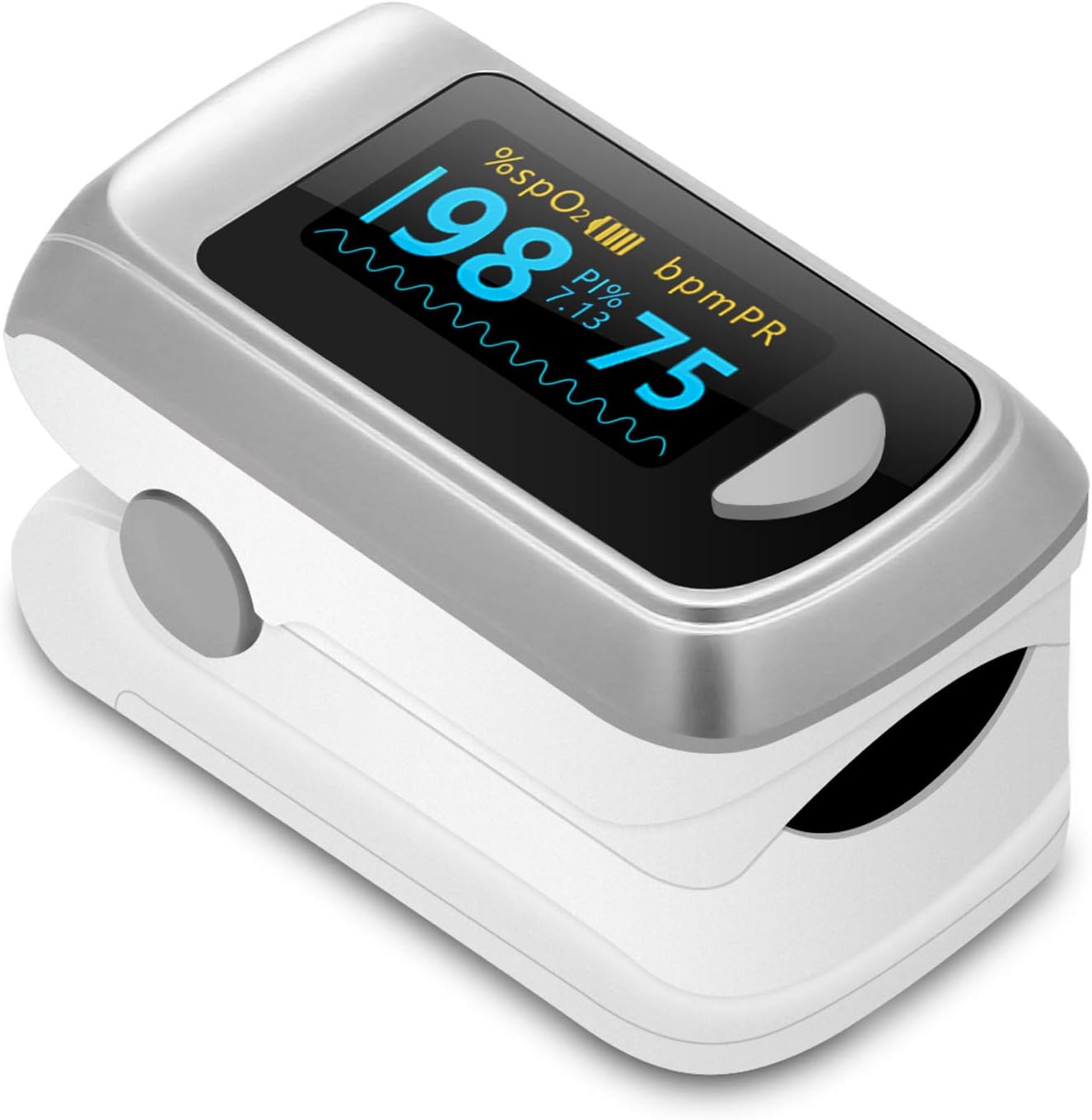 There were no clear differences between groups in the incidence of instrumental vaginal delivery ( low-quality evidence ).Other maternal outcomes were not reported.
There were no clear differences between groups in the incidence of instrumental vaginal delivery ( low-quality evidence ).Other maternal outcomes were not reported.
One trial compared closer observation / listening with a Pinard stethoscope (a midwife in the study monitored a single woman in labor) with routine observation / listening with a Pinard stethoscope (a midwife monitored more than one woman in labor). There was no clear difference between groups for low Apgar scores ( very low quality evidence ), perinatal mortality ( very low quality evidence ), and neonatal seizures ( very low quality evidence )) …No other infant outcomes were reported. There were no clear differences between groups of women in the frequency of caesarean section or instrumental vaginal delivery ( low-quality evidence )). No other outcomes were reported.
What does this mean?
Since the use of electronic fetal monitoring and Doppler has been associated with a higher caesarean section rate compared to standard control / monitoring with a Pinard stethoscope, women, healthcare professionals and decision-makers need to consider these results lack of evidence of short- and long-term benefits.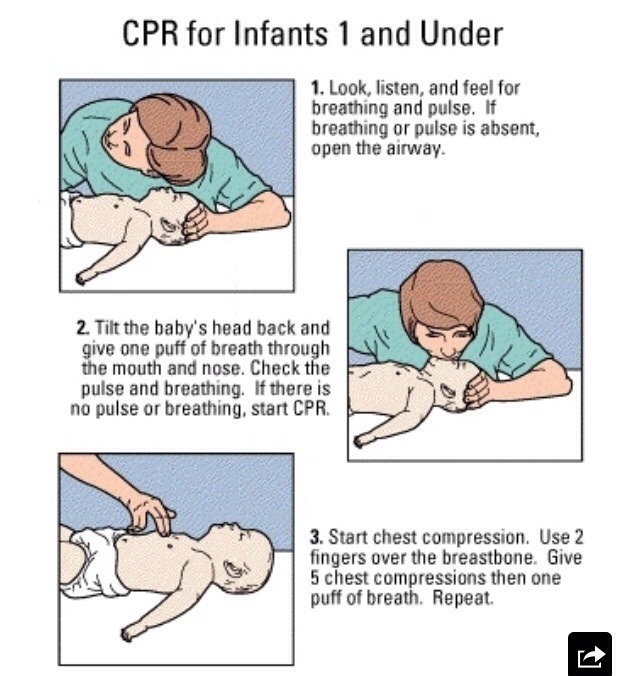 for mother or child.
for mother or child.
Larger, high quality studies are needed comparing different monitoring instruments / devices and timing of intermittent auscultation. These studies should assess both short- and long-term health outcomes and collect information on women’s opinions.
Central City Hospital of Armyansk-NEWS
NEWS
| Children’s Heart Day – May 19. |
You cannot be happy without touching the heart of a child .. these words of Leo Bokeria, in the best way possible, give us, adults, an understanding of what happiness, love, health and the life of a child are.
Unfortunately, today, the problem of heart disease among children at an early age is extremely acute. Congenital heart disease ranks 1st in mortality among newborns. According to statistics, 1,500,000 children die from this disease every year.
The purpose and task of Children’s Heart Day is – to attract widespread public attention to the existing problem in Russia. Help the baby’s parents make the right decision in time. Reduce infant mortality.
The number of children with congenital pathologies is increasing every year. Among childhood diseases, one of the first places is occupied by diseases associated with the cardiovascular system. Among heart diseases in children, congenital defects, arterial hypertension and hypotension, rheumatism, inflammatory diseases and acquired defects are distinguished.
All these diseases are dangerous and can lead not only to disability, but also to the premature death of the child.
Compared to adults, a child’s heart has a number of physiological characteristics that change with age.
The heart of newborns is larger than that of adults when compared to total body weight. Both ventricles are approximately equal, and their walls are about 5 mm thick.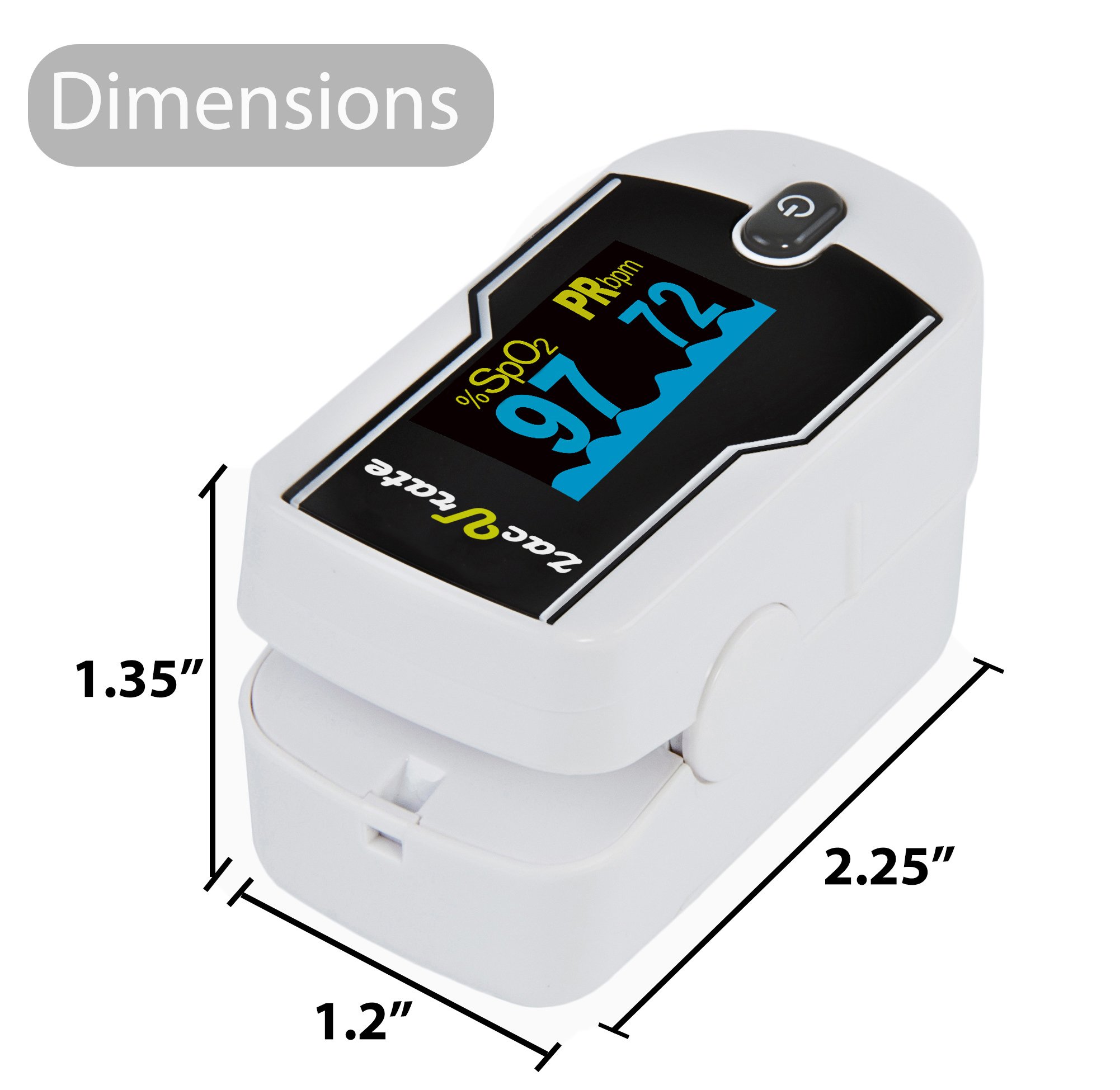 The mass of the heart increases in parallel with the growing up of the child: by the age of 8 months the heart doubles, by the third year of life – the mass of the heart triples, and by the age of six the mass increases 11 times.In newborns, the heart is higher and drops with age. In children, the pulse is normal more often than in adults. This phenomenon is caused by a higher contractility of the heart muscle, which is increased due to intensive metabolism and the lesser influence of the vagus nerve on the work of the heart. For newborns, a normal heart rate is 120-140 beats per minute. With age, the heart rate gradually decreases. A normal child’s pulse is unusual compared to an adult (respiratory arrhythmia is observed): during inhalation, the pulse rate increases, while on exhalation it becomes less frequent.In addition, in the heart of a newborn child there are anatomical prerequisites for an unnatural blood flow – the oval window through which the right and left atrium can communicate, and the ductus arteriosus, which connects the pulmonary trunk with the descending aorta.
The mass of the heart increases in parallel with the growing up of the child: by the age of 8 months the heart doubles, by the third year of life – the mass of the heart triples, and by the age of six the mass increases 11 times.In newborns, the heart is higher and drops with age. In children, the pulse is normal more often than in adults. This phenomenon is caused by a higher contractility of the heart muscle, which is increased due to intensive metabolism and the lesser influence of the vagus nerve on the work of the heart. For newborns, a normal heart rate is 120-140 beats per minute. With age, the heart rate gradually decreases. A normal child’s pulse is unusual compared to an adult (respiratory arrhythmia is observed): during inhalation, the pulse rate increases, while on exhalation it becomes less frequent.In addition, in the heart of a newborn child there are anatomical prerequisites for an unnatural blood flow – the oval window through which the right and left atrium can communicate, and the ductus arteriosus, which connects the pulmonary trunk with the descending aorta. These formations function during the prenatal period and can remain active in a healthy child for quite a long time. The arterial duct can remain open during the first two months of life, and the oval window – from 8 days to 4 years or more.
These formations function during the prenatal period and can remain active in a healthy child for quite a long time. The arterial duct can remain open during the first two months of life, and the oval window – from 8 days to 4 years or more.
An increase in the minute volume of the heart in children is associated with the increased needs of organs and tissues of a growing organism. Children’s blood pressure is lower than that of adults and increases gradually as the child ages. For newborns, the normal systolic pressure is approximately 70 mm Hg. Art., by the 1st year of life, it averages about 90 mm Hg. Art. In the future, the increase in pressure occurs intensively in the first two to three years of life and during puberty.In the future, the pressure rises in parallel with the increase in the speed of propagation of the pulse wave through the muscle vessels and depends on their tone.
Summarizing all that has been said, we can see that in childhood there are a number of factors that facilitate the circulation of blood through the vessels and chambers of the heart. Namely, a large mass of the heart in relation to body weight and rather wide openings between its departments and the main vessels. In young children, a small systolic blood volume is compensated by a high frequency of cardiac messages, as a result, the minute volume of blood relative to body weight is greater than in adults.Also, children have structures uncharacteristic for an adult, through which communication of the large and small circles of blood circulation is possible. All these factors, in addition to their adaptive function, are fraught with some danger. Namely, they significantly limit the reserve capacity of the heart at an early age due to the rigidity (weak elasticity) of the heart muscle, high heart rate and, consequently, shorter diastole.
Namely, a large mass of the heart in relation to body weight and rather wide openings between its departments and the main vessels. In young children, a small systolic blood volume is compensated by a high frequency of cardiac messages, as a result, the minute volume of blood relative to body weight is greater than in adults.Also, children have structures uncharacteristic for an adult, through which communication of the large and small circles of blood circulation is possible. All these factors, in addition to their adaptive function, are fraught with some danger. Namely, they significantly limit the reserve capacity of the heart at an early age due to the rigidity (weak elasticity) of the heart muscle, high heart rate and, consequently, shorter diastole.
The main heart diseases that occur in children are:
Congenital heart defects 90 120
Congenital heart disease (CHD) is an anatomical defect in the structure of the heart or great vessels that is present from the moment of birth. Congenital defects occur as a result of a violation of the embryonic development of the cardiovascular system, or are formed as a result of the negative impact of adverse factors on the newborn’s body, for example, respiratory disorders. The latter is especially important for premature babies.
Congenital defects occur as a result of a violation of the embryonic development of the cardiovascular system, or are formed as a result of the negative impact of adverse factors on the newborn’s body, for example, respiratory disorders. The latter is especially important for premature babies.
All vices can be divided into three large groups.
• Congenital heart disease of the pale type – with arteriovenous shunt: atrial septal defect, ventricular septal defect, patent ductus arteriosus.
• Congenital heart disease of the blue type – with a venoarterial shunt: tetralogy of Fallot, transposition of great vessels, etc.
• Congenital heart disease without shunt, but with obstruction of blood flow: stenosis of the aorta and pulmonary artery.
Unfortunately, the number of births of children with heart defects has increased in recent years.
Causes of the disease
There are several groups among the causes leading to congenital heart defects.
• Chromosomal abnormalities – 5%. In this case, CHD is part of the polysystemic malformation syndrome. For example, in Down syndrome, atrial and ventricular septal defects are very common. Down syndrome is a variant of chromosomal pathology that is often found in perfectly healthy parents.
• Mutations of individual genes – 2-3%. As in the first case, congenital heart prophets with gene mutations are combined with anomalies in the development of other organs.Gene mutations are inherited.
• Environmental factors – 1-2%. Of the most important factors in this group, one can single out somatic diseases of a pregnant woman (for example, diabetes mellitus), the effect of X-rays on the mother’s body in the first trimester of pregnancy, certain medications, viruses, alcohol, etc.
• Polygenic multifactorial inheritance – 90%. In most cases, a predisposition to defect is inherited, which is provoked by environmental factors acting on the embryo (fetus) or newborn.
Congenital heart defects are detected with fairly high accuracy during routine ultrasound during pregnancy. This procedure reveals up to 90% of CHD.
Clinical picture
The variety of anatomical and functional disorders determines the uniqueness of the clinical picture for each of the defects. However, there are several common symptoms that are characteristic of all congenital heart defects:
• discoloration of the skin – pallor or cyanosis – depending on the type of defect;
• shortness of breath, appearing or worsening with physical exertion;
• rapid fatigability, lag in physical and mental development;
• children with CHD often belong to the category of BFD – often with long-term respiratory infections.
Treatment
The main method of treating congenital heart defects today is the surgical method. Moreover, it is very important that the surgical correction is made as early as possible.
Pale type congenital heart defects
This group includes atrial and ventricular septal defects, patent ductus arteriosus. With each of these defects, there is an anastomosis between the left and right parts of the heart or great vessels.Since the pressure in the left heart and the aorta is much higher than in the right, the discharge of blood occurs from left to right. That is, part of the arterial blood mixes with venous blood and goes back to the pulmonary circulation. This leads to an overload of the small (pulmonary) circulation. Therefore, the main clinical manifestation of these defects will be shortness of breath during physical exertion. Pallor appears only with a significant amount of shunting. With age, symptoms of heart failure appear in both circles.
Diagnosis is based on echocardiographic data, or, more simply, an ultrasound of the heart.
With patent ductus arteriosus, only surgical treatment is indicated.
With a defect in the interventricular septum in the lower (muscular) part of it, spontaneous closure of the defect or a significant decrease in its size is possible. If the hole is located in the upper, membranous, part of the correction is possible only surgical.
Treatment of an atrial septal defect is also surgical.In some cases, when the atrial septal defect is an open oval window, this defect may never manifest as heart failure. Therefore, the unclosed oval window is referred to the group of small developmental anomalies.
Congenital heart defects, blue type
This group gets its name from the cyanotic color of the skin of children suffering from such defects. The bluish color of the skin is due to the ingress of venous blood from the right sections into the systemic circulation.
Tetrad Fallot
Tetralogy of Fallot – complex congenital heart disease. In the classical version, four signs are found: a defect of the interventricular septum, stenosis of the excretory part of the right ventricle, dextraposition (incorrect location) of the aorta and hypertrophy of the myocardium of the right ventricle. Since the dextraposition of the aorta is secondary, associated with a high location of the defect of the interventricular septum, it is often said about the departure of the aorta from the left and right ventricles.
Symptoms of Fallot’s tetrad disease.
The main symptom is cyanosis, which reaches its maximum by the year of life. One of the persistent signs is shortness of breath, which, with Fallot’s tetrad, is characterized by arrhythmic deep breathing with a normal frequency. Quite quickly, “drumsticks” and “watch glasses” are formed – a thickening of the nail phalanges of the fingers along with an increase in the size of the nail plate. The most severe manifestation of Fallot’s tetrad is dyspnea-cyanotic attacks.The mechanism of their occurrence is associated with spasm of the outflowing part of the right ventricle, as a result of which almost all the blood depleted in oxygen from the right ventricle enters the aorta. The consequence of this is the strongest brain hypoxia, manifested by anxiety, fear, loss of consciousness and seizures. The lack of blood supply to the lungs is manifested by a sharp attack of shortness of breath. Death is possible.
Treatment. All children with tetrad of Fallot are shown surgical treatment, which is carried out in two stages.In the preoperative period, antibiotics are used to prevent bacterial complications.
Complete transposition of great vessels 90 120
With this congenital heart disease, blood from the right ventricle enters the aorta, and from the left – into the pulmonary artery. Severe shortness of breath and cyanosis appear immediately after birth. Without surgical treatment, the life expectancy of patients usually does not exceed two years.
Congenital malformations that obstruct blood flow
Stenosis (narrowing) of the aorta
Narrowing of the aortic orifice obstructs blood flow from the left ventricle to the aorta.The narrowing can be at the level of the aortic valve, above or below it. In this case, the small circle of blood circulation suffers from congestion, and the large one – from a lack of blood.
Symptoms of the disease are pale skin, tachycardia, shortness of breath, palpitations, pain in the heart, headache and dizziness, fainting
These symptoms increase sharply with physical exertion, therefore, children should not go in for sports and do heavy physical activity, since they can lead not only to an exacerbation of symptoms, but also to the death of the child.
Treatment. Aortic stenosis is treated with surgery. Treatment is prescribed when symptoms are severe.
Coarctation of the aorta
Coarctation of the aorta – segmental narrowing of the lumen of the aorta. The length of the stenosis site can be different, but it usually begins above the place of origin of the left subclavian artery. Thus, high blood pressure is observed in the upper half of the body, lower blood pressure and signs of tissue ischemia are observed below.With severe arterial hypertension in the upper half of the body, headache, nausea, vomiting, changes in vision, frequent nosebleeds are observed. Insufficient blood supply to the lower half causes numbness of the lower extremities, a feeling of crawling, weakness when walking, pain in the legs, constantly cold feet. When measuring blood pressure on the legs, it is detected that it decreases. These symptoms increase sharply with physical exertion.
Diagnostics. Diagnosis of aortic coarctation is usually not difficult and is based on data from the clinical picture and instrumental methods – ECG, echocardiography (EchoCG).However, sometimes this congenital heart disease remains unrecognized, since the first months – a year of life, children can grow and develop normally.
Treatment. Treatment of coarctation is only surgical. Without such treatment, children usually do not live up to 2–3 years of age.
Isolated pulmonary stenosis
Pulmonary artery stenosis is characterized by obstruction of blood flow from the right ventricle into the pulmonary circulation.
With mild stenosis, the child’s growth and development are not impaired, and clinical symptoms may appear in adulthood. With severe stenosis, a child has early shortness of breath, heart pain, palpitations, and later – swelling in the legs, accumulation of fluid in the cavities. This course of the defect requires surgical treatment.
Arterial hypertension and hypotension in children
Arterial hypertension and hypotension are most often signs of neuro-circulatory (vegetative-vascular) dystonia, which, in addition to changes in pressure, is manifested by shortness of breath, weakness, pain in the heart, weakness, fatigue, neurotic disorders.All these disorders are of a functional nature and are not dangerous for the life and health of the child. But still, it is better that such children are registered with a pediatrician, since functional disorders can transform into organic changes with age.
Rheumatism
It is extremely important in childhood not to miss acute rheumatic fever. It is caused by group A β-hemolytic streptococcus. Acute rheumatic fever occurs 1-5 weeks after a sore throat.In the process of acute rheumatic fever, antibodies are formed against the body’s own tissues, but the heart suffers the most.
Clinical manifestations. The fever itself is manifested by temporary inflammation of large joints, carditis – inflammation of the myocardium and endocardium. Small, painless subcutaneous nodules appear on the legs and arms, and a rash in the form of annular erythema is possible on the skin. The defeat of the nervous system is noticeable by a change in the emotional sphere and convulsive syndrome in the form of irregular twitching – chorea.All manifestations of acute rheumatic fever are temporary, except for carditis. Even myocarditis can disappear without a trace. Rheumatic endocarditis is extremely dangerous, since the inflammation of the endocardium also spreads to the heart valves, leading to the formation of various acquired defects. The mitral valve is most commonly affected. Insufficiency of the mitral valve, its stenosis, or a combination of these defects is formed.
If acute rheumatic fever is not recognized in time, then the acquired heart defect remains undiagnosed for a long time and progresses.At the age of 20-30, signs of heart failure begin to appear. First, blood stagnation occurs in the pulmonary circulation, which is manifested by shortness of breath and nocturnal attacks of suffocation. With the decompensation of mitral defect, stagnation occurs in a large circle in the form of edema, accumulation of fluid in the cavities and damage to internal organs.
For the prevention of acquired mitral disease it is necessary:
• Prevention of purulent sore throats, and if they occur – adequate treatment and only in a hospital setting.
• After the transferred purulent sore throat, it is necessary to observe the local pediatrician for at least a year. Timely listening to the systolic murmur at the apex of the heart allows the pediatrician to take timely measures to prevent the occurrence of mitral defect.
Inflammatory heart disease 90 120
Myocarditis – inflammation of the heart muscle due to various reasons. An important etiological factor in the development of myocarditis is rheumatism.Myocarditis can also be the result of bacterial and viral infections, sometimes an allergic process and other less significant reasons.
The clinical picture. Myocarditis is manifested by weakness, fatigue, shortness of breath, palpitations, shortness of breath, a feeling of heaviness in the chest. If myocarditis is combined with endocarditis, then signs of an emerging heart defect are found, when combined with pericarditis – a pronounced pain syndrome.
Diagnosis of myocarditis is based on ECG, EchoCG, X-ray data, results of physical (external examination of the child) and laboratory examination.
Treatment is aimed at eliminating the causes of myocarditis and preventing complications.
Nuances of pediatric cardiology
Pediatric cardiology has its own characteristics. Unlike an adult, children rarely complain of symptoms characteristic of diseases of the cardiovascular system, therefore, it is necessary to more carefully interview the child and focus on physical and instrumental research. It should also be remembered that with a slight severity of the defect, a child can grow and develop normally for a long time, play and run with healthy children.However, delayed diagnosis of heart disease can lead to severe heart failure in a person and early death. The use of the Cardiovisor can come to the rescue. Thanks to the services of the Kardi.ru service, the child’s heart will always be under reliable control, since the cardiovisor can be used even at home.
The danger of childhood heart disease
Such defects as Fallot’s tetrad, transposition of great vessels, etc.pose an immediate threat to the life of a child immediately after birth. Sick children are either operated on, or they soon die. Postoperative mortality in these cases is also high.
But many congenital heart defects are fraught with hidden danger. When these defects are detected, children are recommended to have surgical treatment of the defect, but the parents refuse the operation, since the child does not look sick. When symptoms of heart failure appear at the age of 20-25, it is too late to undergo surgery due to the very high operational risk.Thus, a person lives the remaining last few years as a severely disabled person and dies at a young age.
Advice for children with heart disease.
Parents with children with heart disease need to carefully monitor the general health, nutrition of the child, daily routine, as well as physical and emotional stress.
Firstly, for such a child it is necessary to draw up a strict regime of work and rest, which does not allow prolonged and heavy physical exertion.However, physical activity should not be completely excluded, as this will lead to a sharp weakening of the heart muscle.
You also need to limit psycho-emotional stress.
Of no small importance is a diet rich in complete proteins (meat, eggs, fish, cottage cheese), fresh fruits and vegetables, which contain potassium and magnesium (dried fruits, decoctions from them).
For the prevention of heart disease in children, the most important measure is the timely detection and treatment of bacterial and viral infections.This is especially true for purulent tonsillitis. Do not forget about hardening and physical education.
You also need to remember to undergo regular check-ups with a pediatrician and pediatric cardiologist.
Take care of the child’s heart!
Nurse of a healthy lifestyle Zaborskaya V.I.
90,000 Early children. Features of adaptation and development of premature babies
The first year of life of any child has the most intensive growth and rapid development.But during this period, the body is extremely vulnerable, the defenses are weak and imperfect, especially for children who were born prematurely and are considered premature.
Premature babies are children born at a gestational age of 28 to 37 full weeks, weighing from 1000 to 2500 grams, and a height of 35 to 45 cm.
The reasons for their premature birth are varied: too young age and, accordingly, the mother’s body; hemolytic disease of the fetus, which develops as a result of Rh-conflict; pathological (abnormal) course of pregnancy; previous abortion, illness, physical and mental trauma; harmful working conditions, the use of nicotine and alcohol.
What a premature baby looks like. Anatomical and physiological signs.
There are 4 degrees of prematurity, depending on the weight of the child:
1 degree: 2500 -2001 grams 3 degree: 1500 – 1001 grams
Grade 2: 2000 – 1500 grams Grade 4: 1000 grams or less.
Since body weight may or may not correspond to the gestational age at the time of birth, premature babies are divided into 2 groups also according to these characteristics.
• children whose physical development corresponds to the gestational age at the time of birth;
• children whose physical development lags behind that at a given gestational age.
In premature infants, the subcutaneous fat layer is insufficiently developed, i.e. they suffer more from overheating and hypothermia. The skin is thin, dry, wrinkled, abundantly covered with fluff. Insufficient maturity of the blood vessels is manifested by the “Harlequin” symptom. If you put the baby on its side, the skin acquires a contrasting pink color.
The bones of the skull are malleable; not only the large, but also the small fontanel is open.
The auricles are soft – the cartilage in them has not yet formed, pressed to the head, and not separated from it, like in full-term.
The nails do not reach the edge of the phalanges of the fingers, the umbilical cord is located below the middle of the body, and not in the center.
The underdevelopment of the genitals is indicative: in girls, the labia minora are not covered with large ones. In boys, the testicles are not descended into the scrotum.
The child does not suck well, swallows with difficulty.The cry is weak, breathing is not rhythmic. Physiological jaundice often lasts up to 3-4 weeks.
The umbilical cord falls off much later, and the umbilical wound heals more slowly.
Has its own characteristics and physiological weight loss. It is restored only by 2-3 weeks of life, and the timing of the restoration of the mass is in direct proportion to the maturity of the child, i.e. not only the date of his birth, but also the degree of adaptation of the baby to environmental conditions.
In premature babies, the nerve centers that regulate the rhythm of respiration are not fully formed. The formation of lung tissue has not been completed, in particular, a substance that prevents the “collapse” of the lungs – Surfactant. Therefore, their breathing rate is not constant. With anxiety, it reaches 60-80 per minute, at rest and during sleep it becomes less common, and even respiratory arrest may be observed. The expansion of the lungs due to an insufficient amount of Surfactant is slowed down, and respiratory failure may occur.
Heart rate also depends on the condition of the child and environmental conditions. When the ambient temperature rises and the child is anxious, the heart rate rises to 200 beats per minute.
Premature newborns are more likely to experience asphyxia and cerebral hemorrhage. They are more likely to suffer from acute respiratory diseases, intestinal infections, which is due to weak immunity and insufficient development of many adaptive reactions.
These babies are more likely than full-term babies to develop anemia (anemia).
Especially during the period when intensive growth and weight gain begins (2-3 months). With proper nutrition of the child and mother, if she is breastfeeding, these phenomena quickly disappear. In the case when the anemia is protracted, it is necessary to prescribe iron supplements.
The further development of a child is determined not only by the degree of prematurity, but also, in many respects, by the state of his health at a given period of time.
If a child is practically healthy, from the 2nd month of life he gains weight and height in the same way as full-term ones. By the end of the 1st year, the weight increases by 5-10 times compared to the birth weight.
The average height is 70-77 cm.
The nervous system of premature babies is also more immature. The development of various skills, their intellectual development lags behind by 1-2 months.
These children sit down later, later begin to walk, they may have anomalies in the structure of the foot, curvature of the legs, and the spine.If babies are born deeply premature and often get sick, their development slows down by about a year. In the future, it levels off, approximately to preschool age.
If you have suffered intrauterine hypotrophy, i.e. the nutrition of the fetus was disturbed for some reason – mother’s diseases, anomalies in the development of the child himself, anomalies in the development of the umbilical cord and placenta, then its central nervous system can recover over time (therefore, the supervision of a neurologist is very important).
Lability of the nervous system may be noted (mood changes easily, often gives in to emotions, conflicts with people around them are frequent), night fears, enuresis (urinary incontinence), lack of appetite, and a tendency to nausea.
However, in general, premature babies grow up to be quite normal people.
Care for a premature baby after discharge from the hospital.
For a child born prematurely, dispensary supervision is established at the place of residence for up to 7 years.
Periodic consultations of specialists are obligatory, first of all – a neurologist, as well as a surgeon, otolaryngologist, ophthalmologist
From the age of 2-4 weeks, rickets are prevented (ultraviolet
irradiation – quartzing, adding vitamin D to food, massage, hardening).
The most adequate type of nutrition for a premature baby is breastfeeding.But given that the baby can suck out an insufficient amount of breast milk, you can supplement it with expressed milk or adapted formulas.
From 4 months – vegetable purees, 5 months – porridge, 6 months – give a meat soufflé.
Correction of protein and fat deficiency is carried out by adding the required amount of kefir and cottage cheese, starting with 5 ml, gradually increasing the dosage.
The room in which the premature baby lives should be light, dry and thoroughly ventilated.The optimum room temperature is 20-22 *. C. Walking is very important. Adequate exposure to fresh air prevents the development of pathological conditions.
In winter, walks begin at 2 months of age at an air temperature of at least -8, -10 * C. The duration of the walk is from 15 minutes to 2 hours. In summer, the child can spend all the intervals between feedings in the fresh air. On windy, rainy and very hot days (more than 30 * C), it is better for children to sleep indoors with open windows or on the veranda.
Daily warm baths are helpful. When bathing premature babies, the water temperature should be at least 37 * C.

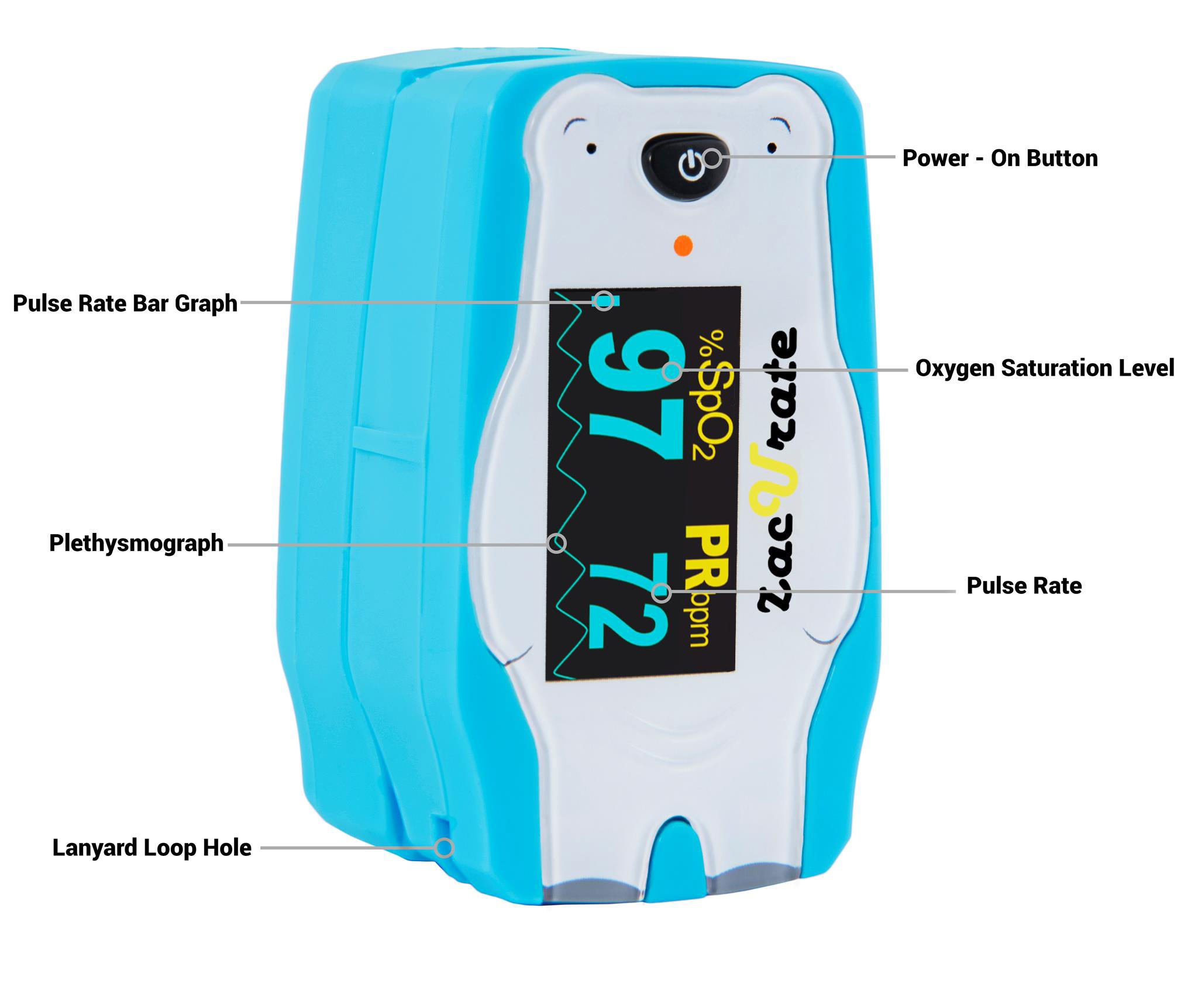
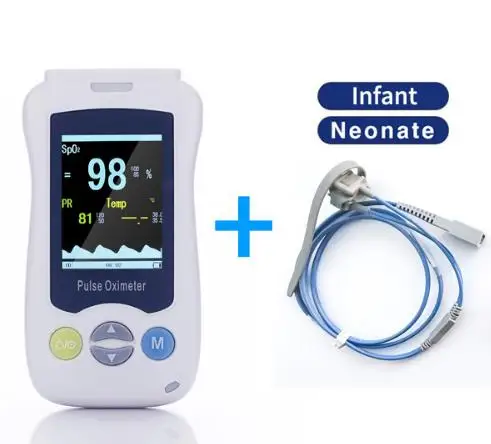

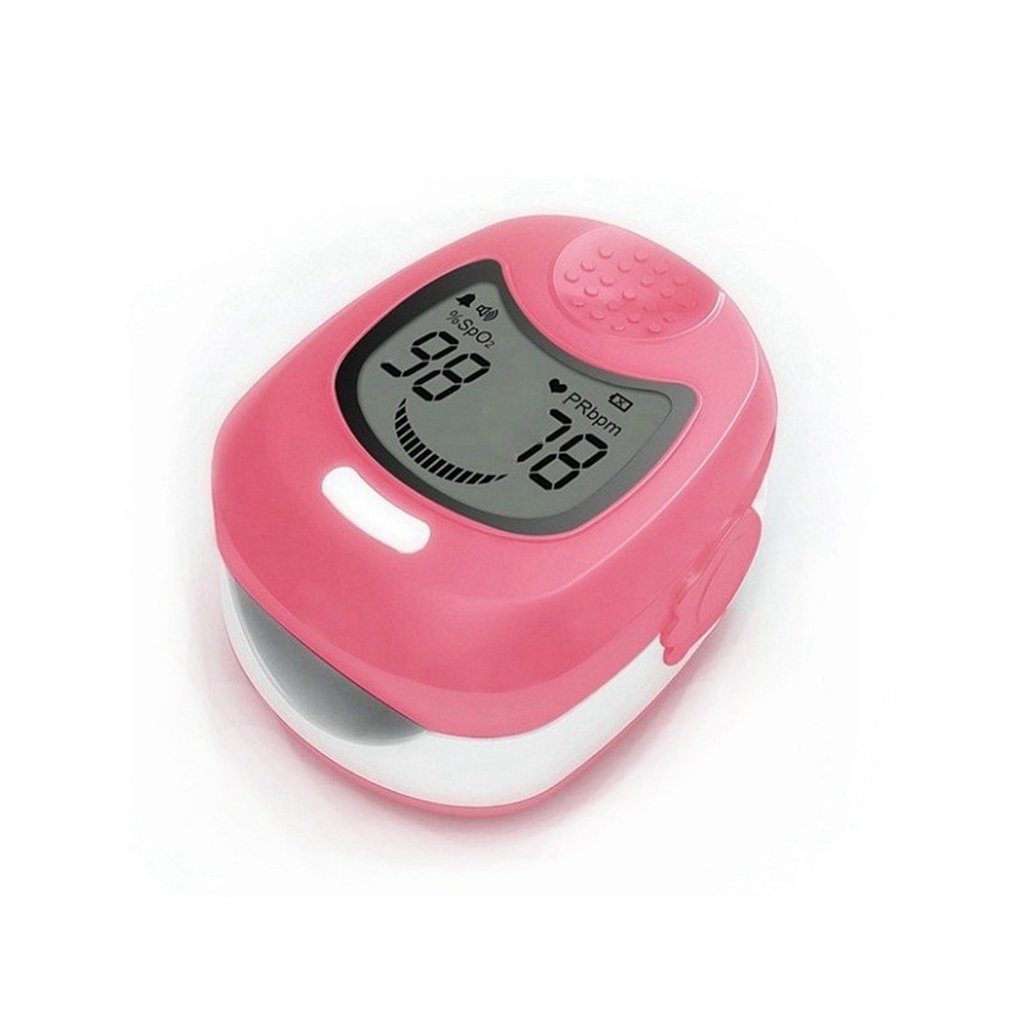
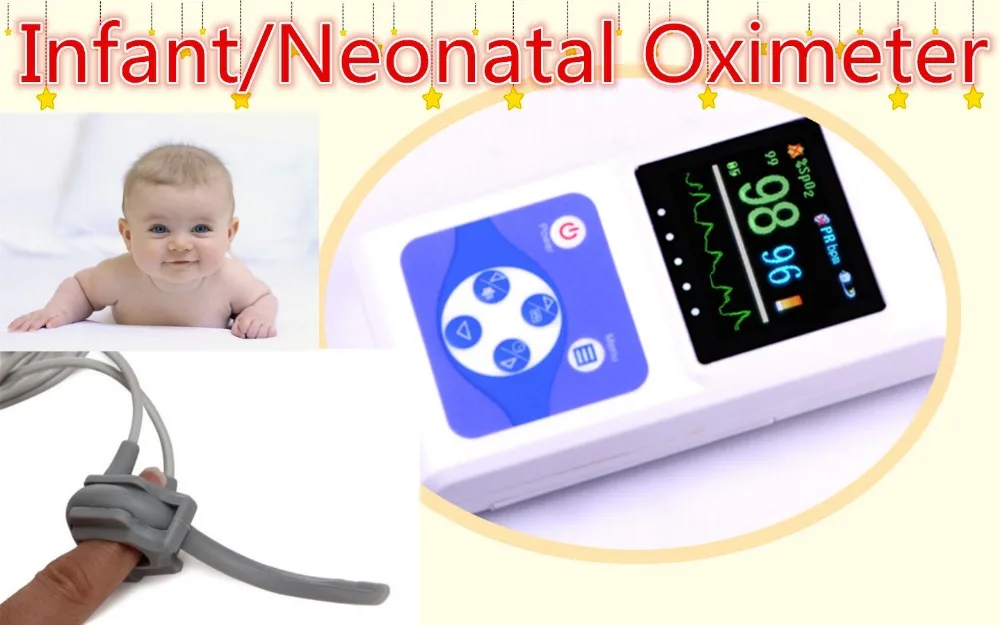 “
“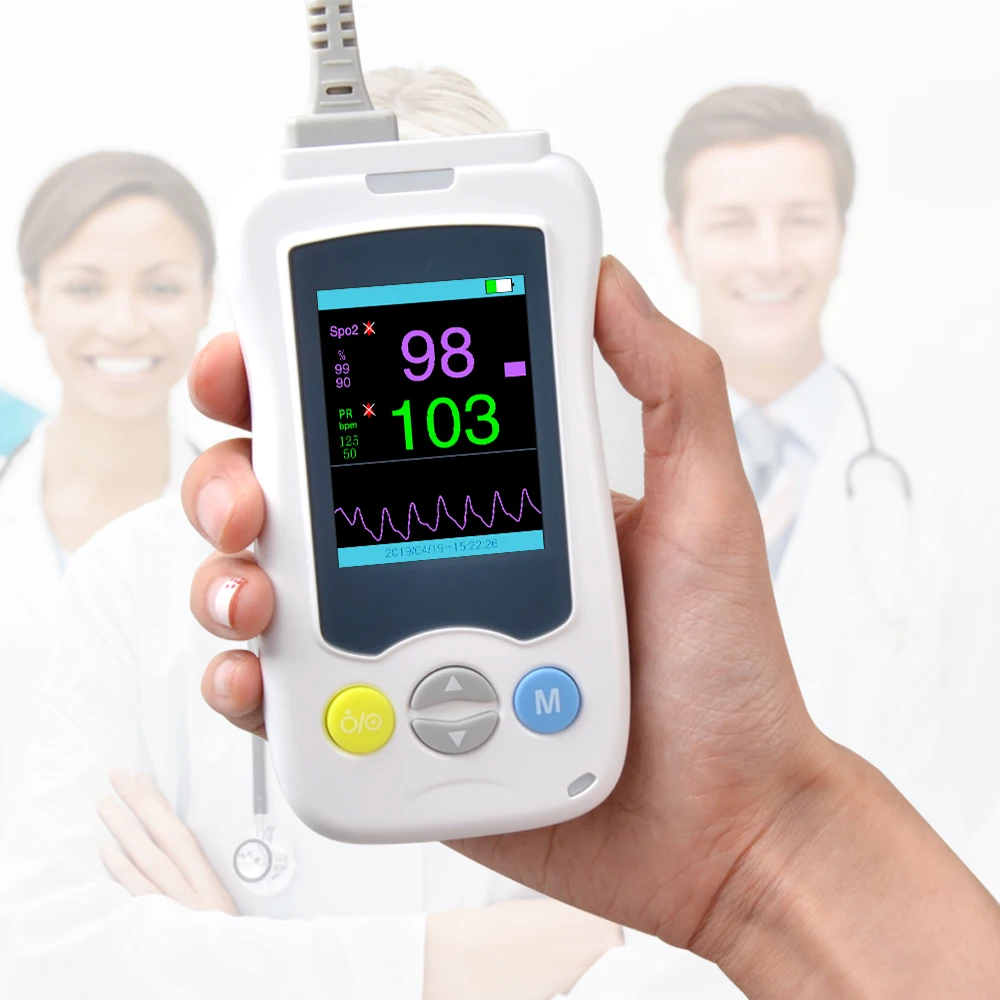 Devices such as a Holter monitor let an older child press button when they feel symptoms over the course of a day or more. The doctor can then look at what the monitor showed was happening in the heart at that moment.
Devices such as a Holter monitor let an older child press button when they feel symptoms over the course of a day or more. The doctor can then look at what the monitor showed was happening in the heart at that moment.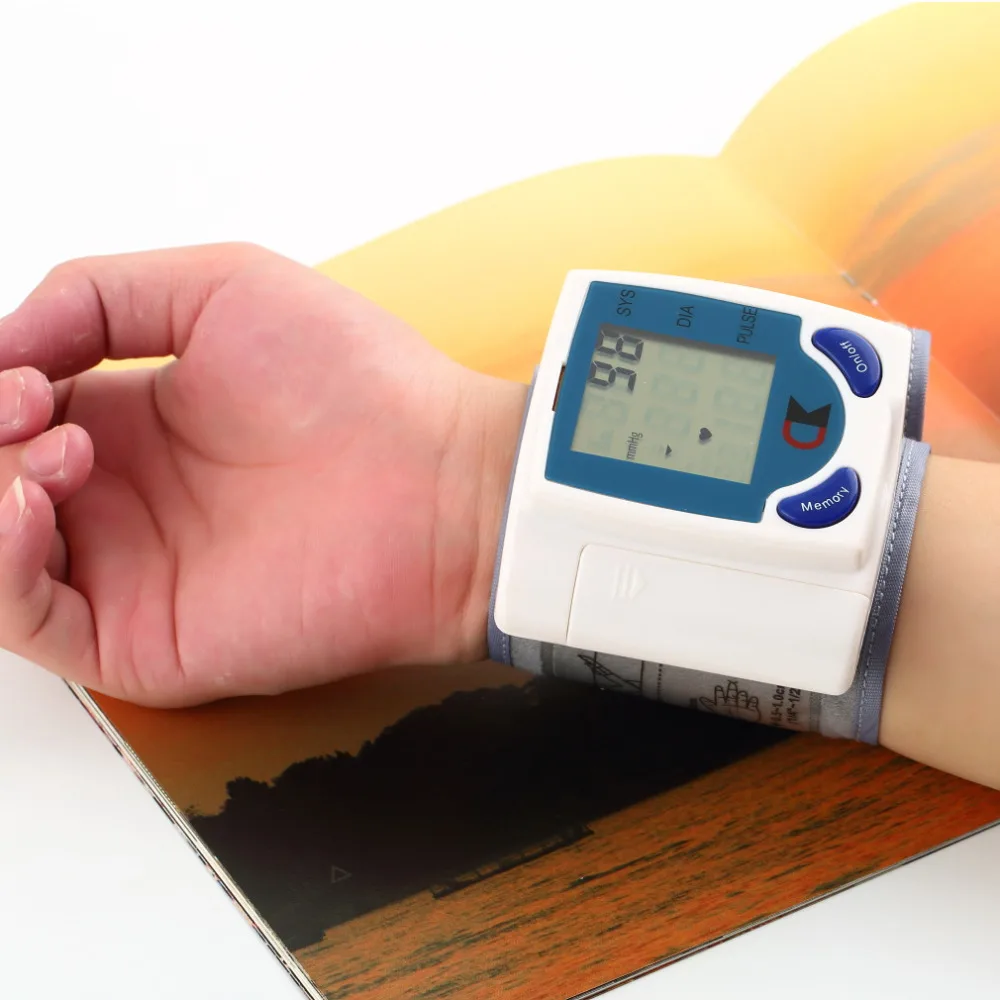 This can help
This can help
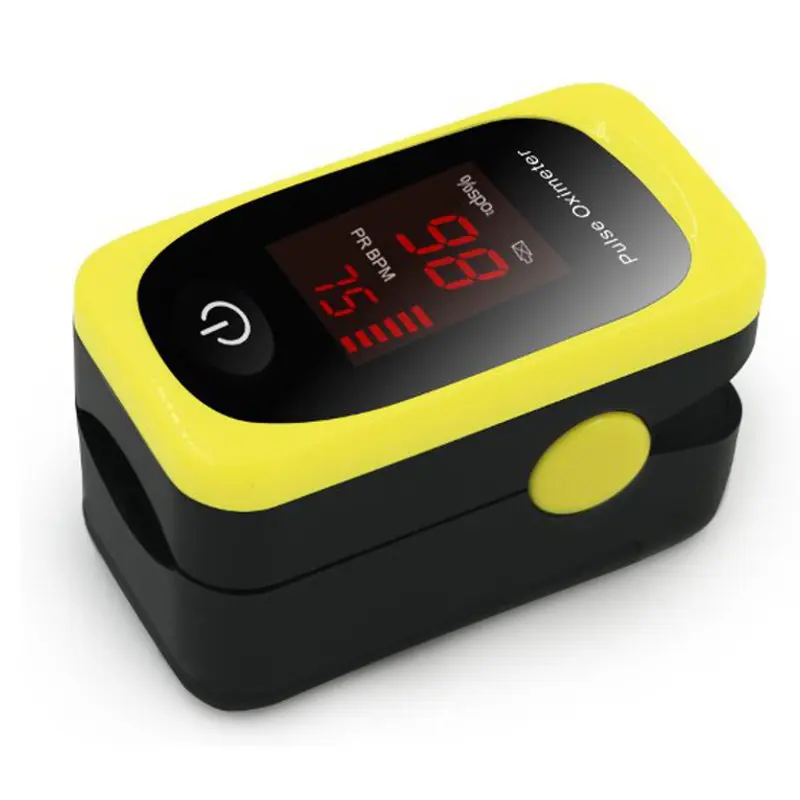

 In men, they are, as a rule, 5-7 beats lower;
In men, they are, as a rule, 5-7 beats lower;